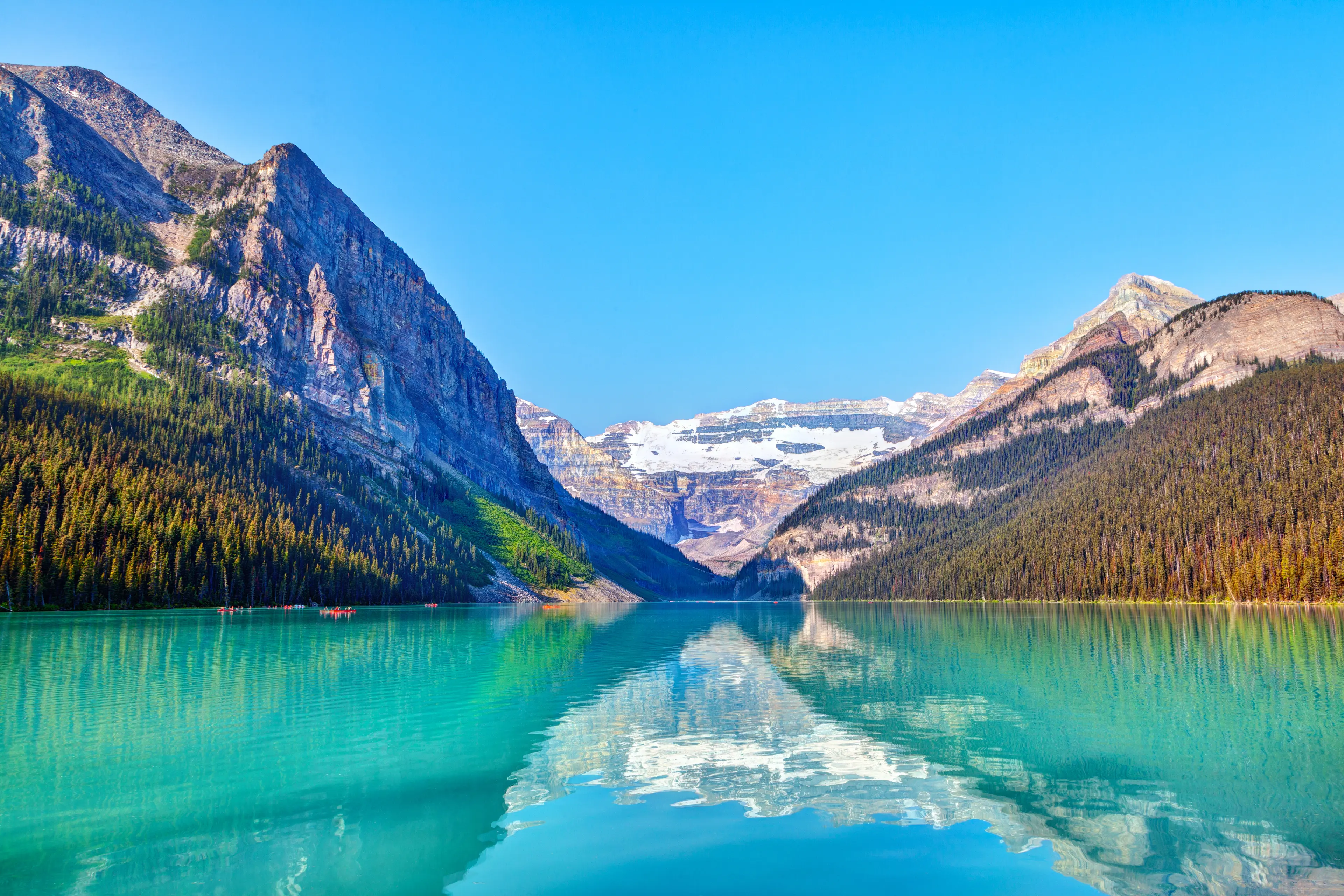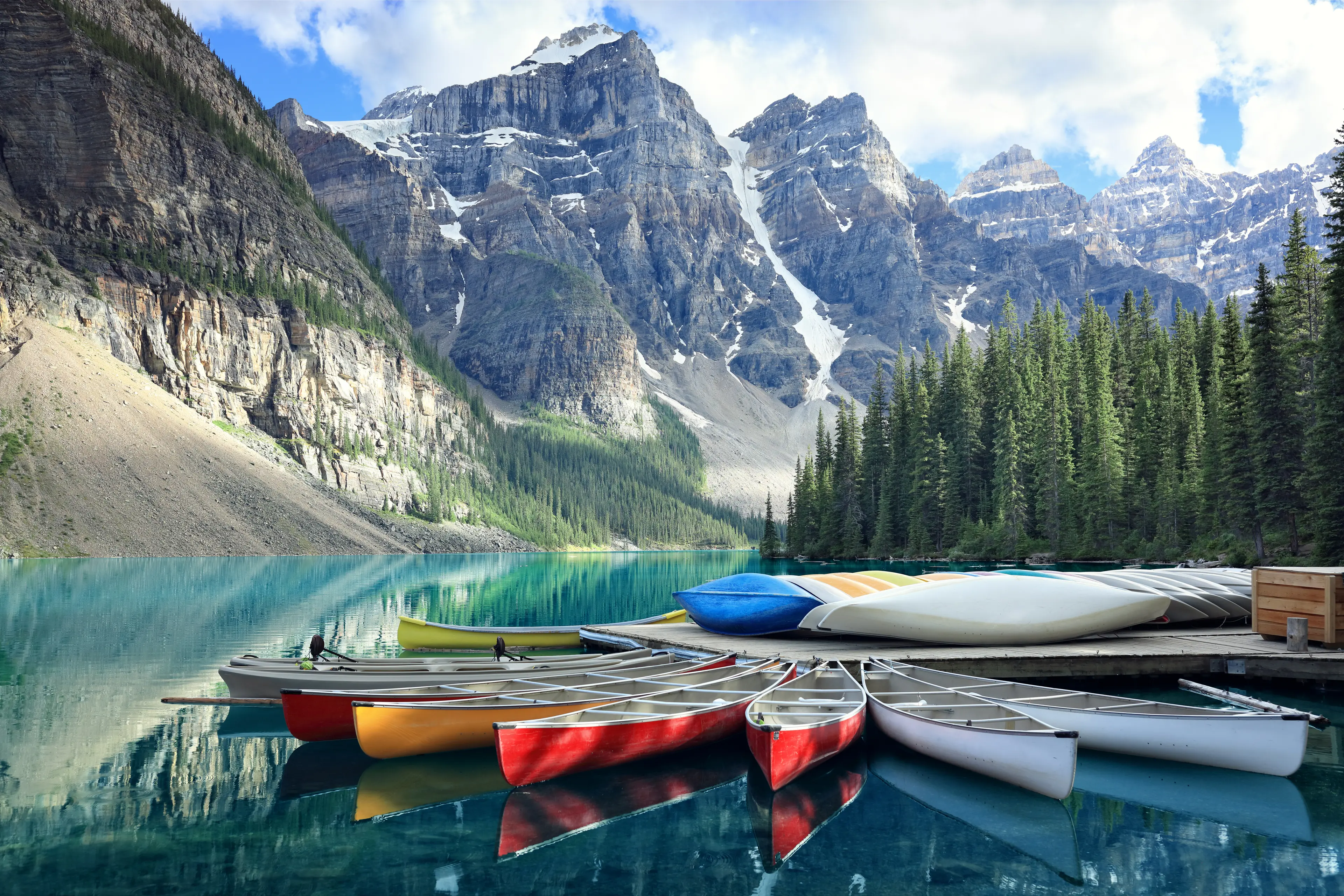4-Day Adventure Guide to Banff, Alberta
Banff, Alberta
4 days
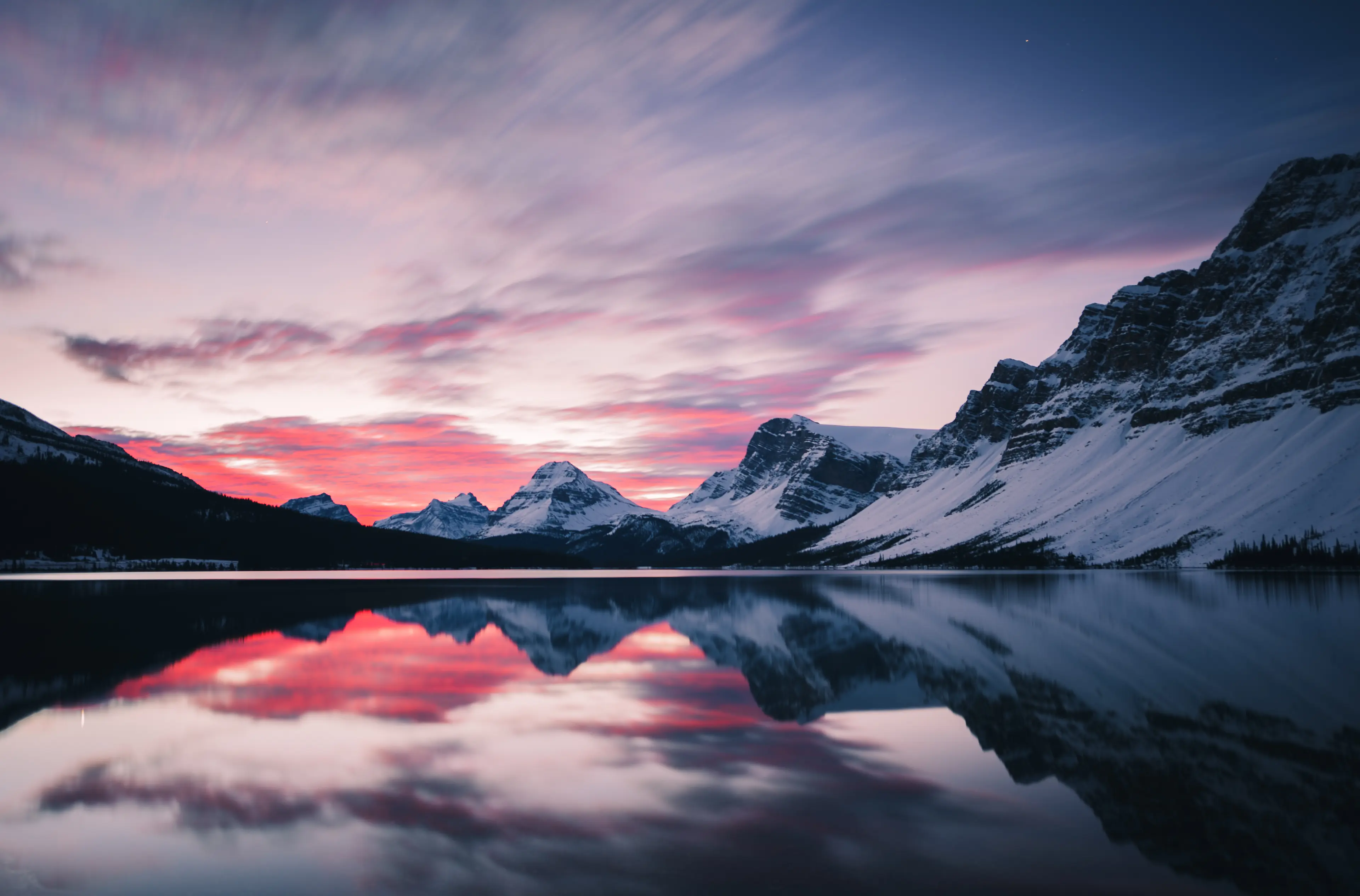
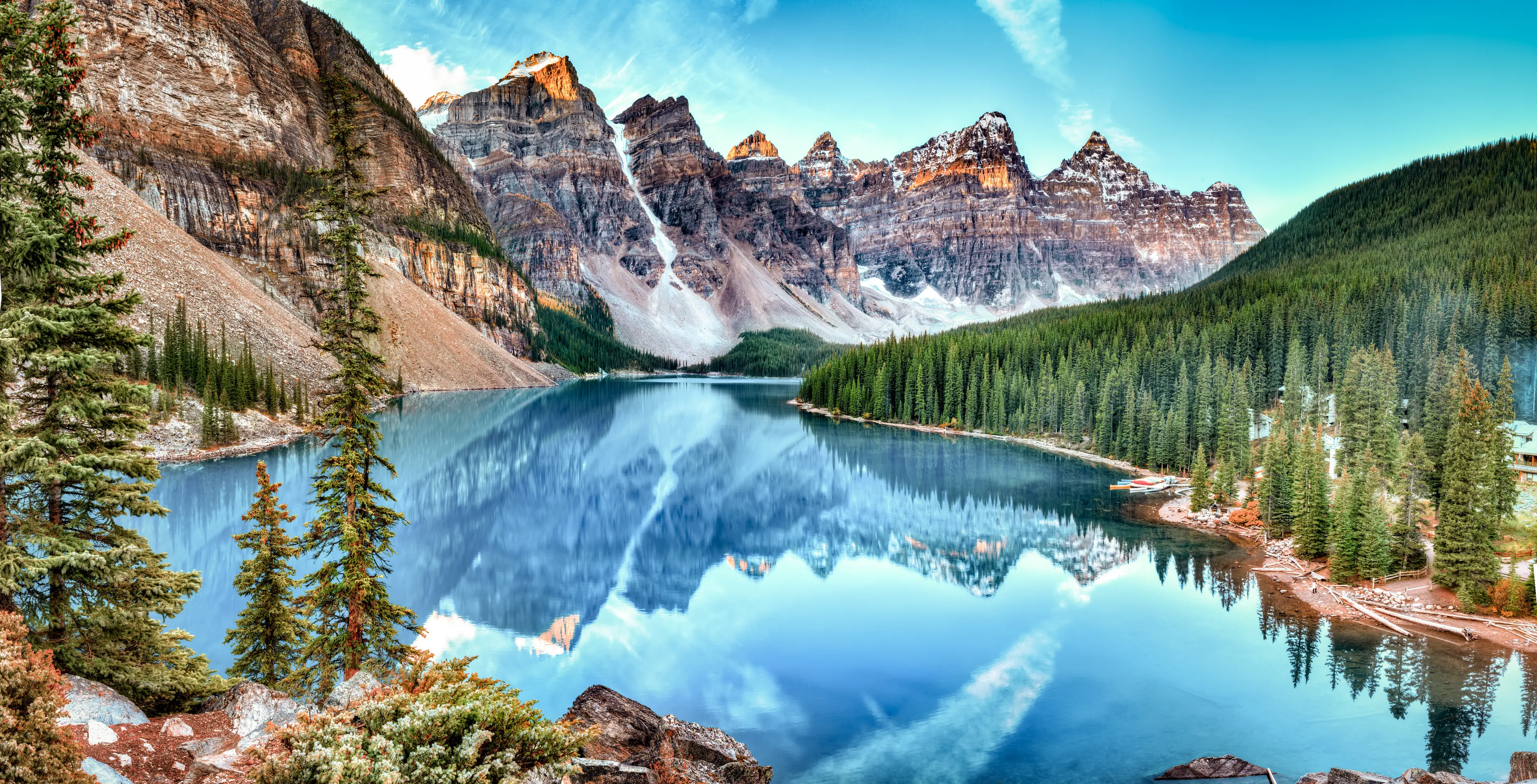
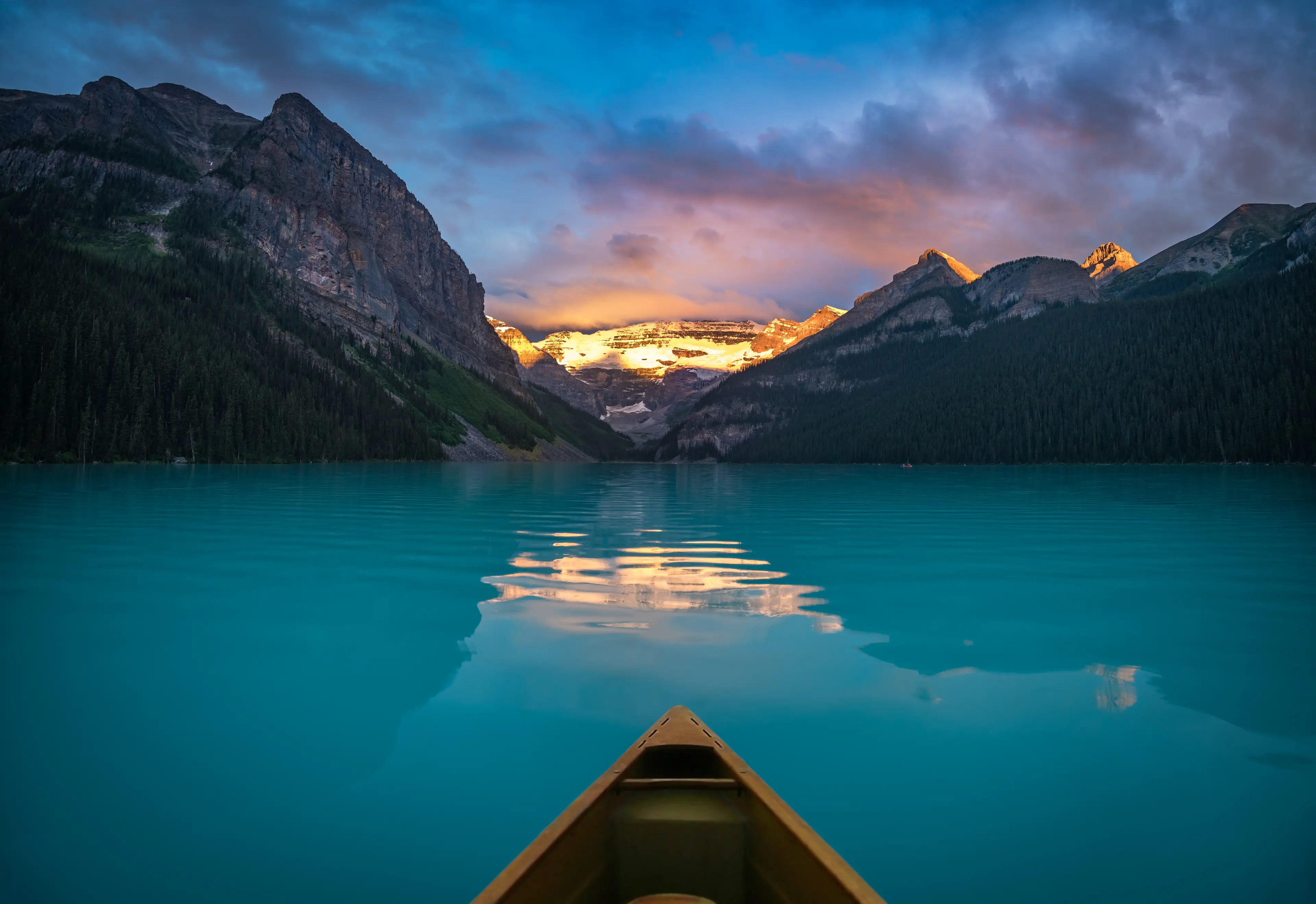
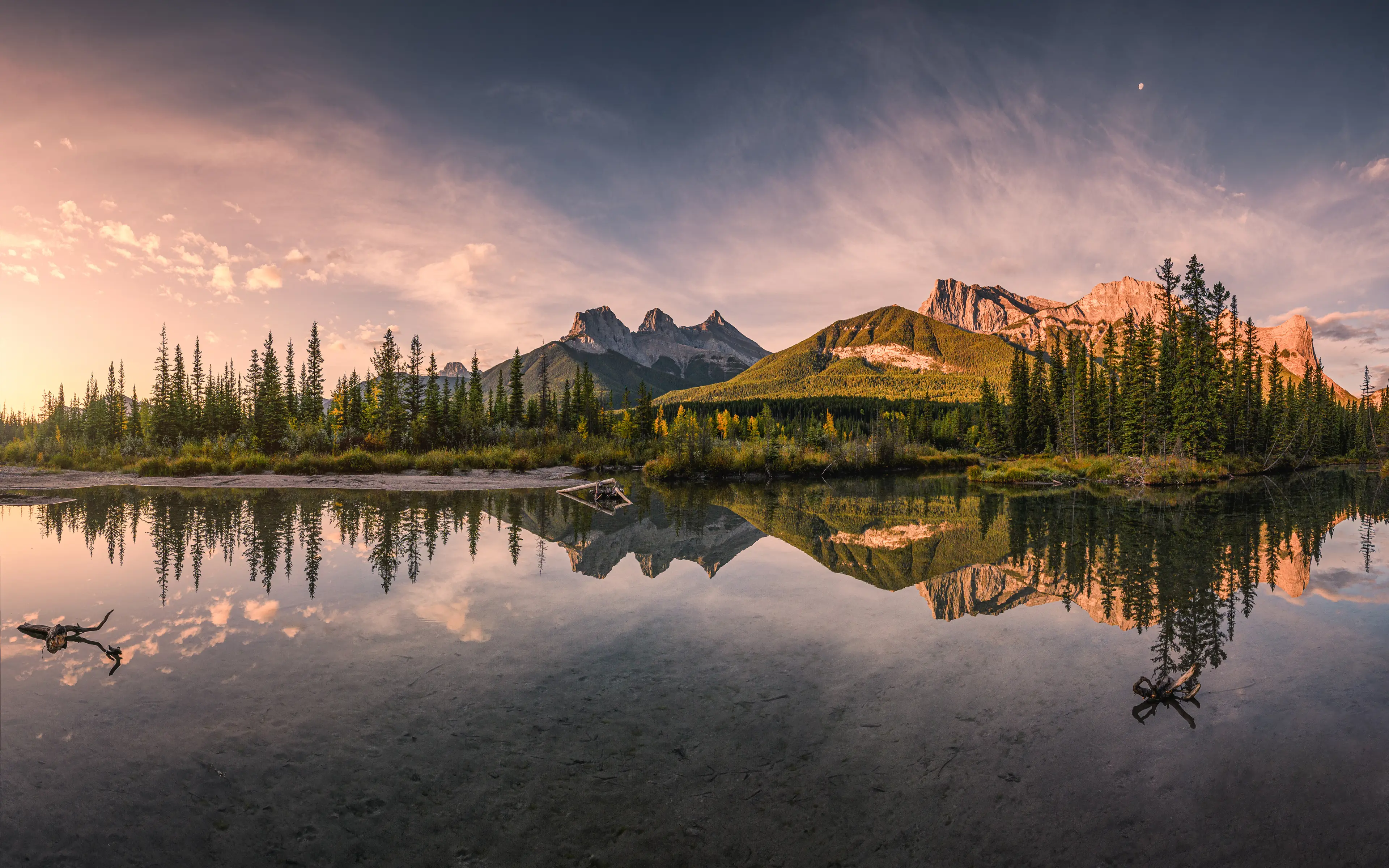
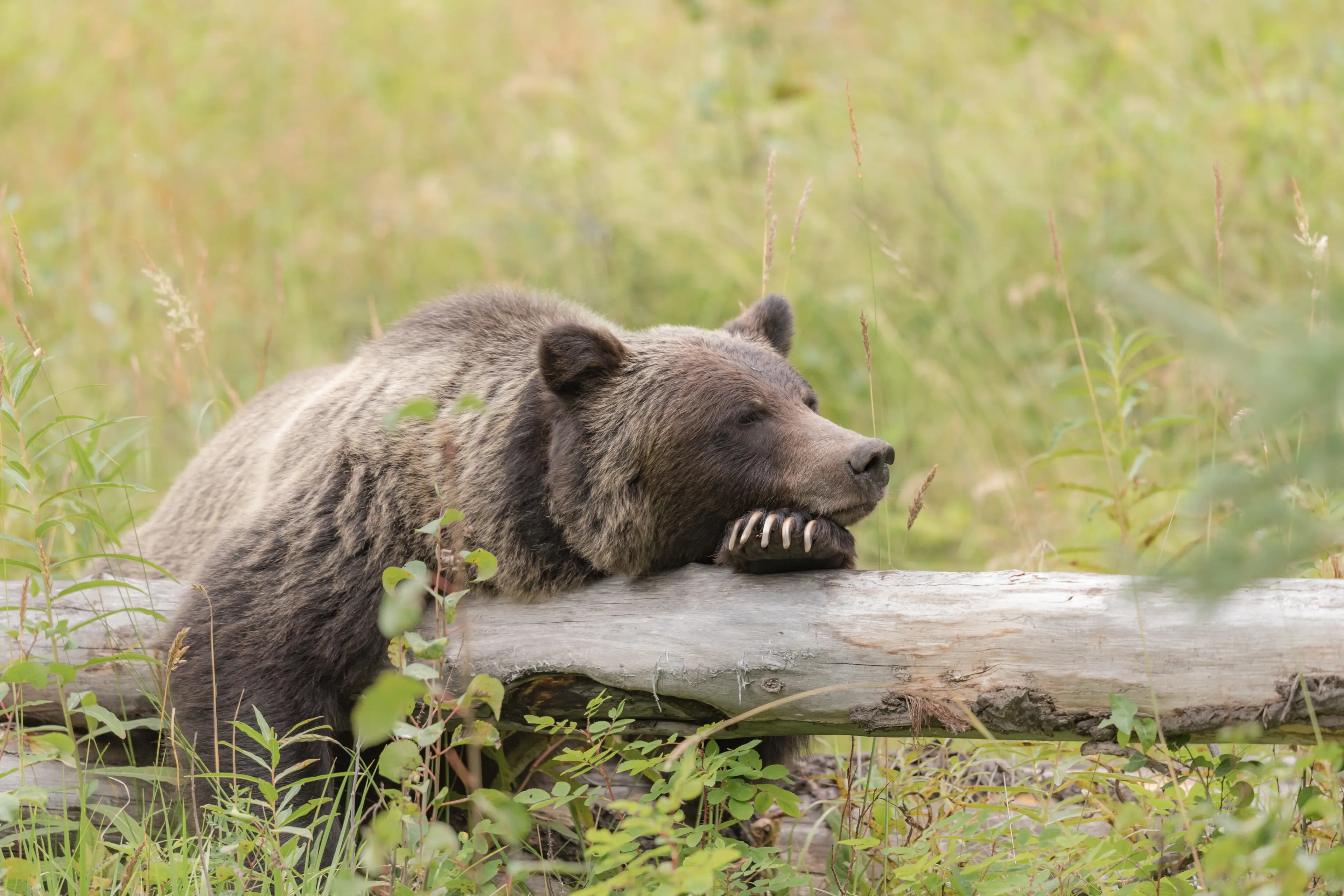
About Banff, Alberta
Experience the breathtaking beauty of Banff, Alberta, nestled in the heart of the Canadian Rockies. This picturesque town offers a unique blend of stunning natural landscapes and modern amenities. Explore the pristine wilderness of Banff National Park, a UNESCO World Heritage site, with activities ranging from hiking, skiing, and wildlife spotting. Take a dip in the naturally heated Banff Upper Hot Springs or ride the Banff Gondola for panoramic mountain views. Discover the charm of downtown Banff, with its diverse dining options, boutique shopping, and vibrant arts scene. Whether you're seeking thrilling outdoor adventures or tranquil relaxation, Banff promises an unforgettable travel experience.
4-Day Itinerary
Day 2
Lake Louise and Banff Upper Hot Springs
Morning
Start your day with a visit to Lake Louise, one of the most photographed lakes in the world. Take a leisurely walk around the lake or rent a canoe for a paddle.
Lunch
Enjoy a picnic lunch by the lake, taking in the stunning views of the surrounding mountains and glaciers.
Afternoon
After lunch, take a hike up to the Lake Agnes Tea House. The trail offers stunning views of Lake Louise and the surrounding mountains.
Dinner
Enjoy a dinner in the Lake Louise area. The area offers a variety of dining options, from upscale restaurants to casual eateries.
Evening
End your day with a relaxing soak in the Banff Upper Hot Springs. The hot springs offer stunning views of the surrounding mountains.
Day 3
Moraine Lake and Larch Valley Hike
Morning
Start your day with a visit to Moraine Lake, another stunning glacially-fed lake in the area. Take a leisurely walk around the lake or rent a canoe for a paddle.
Lunch
Enjoy a picnic lunch by the lake, taking in the stunning views of the surrounding mountains and glaciers.
Afternoon
After lunch, take a hike up to the Larch Valley. The trail offers stunning views of Moraine Lake and the surrounding mountains.
Dinner
Enjoy a dinner in the Lake Louise area. The area offers a variety of dining options, from upscale restaurants to casual eateries.
Evening
End your day with a visit to the Lake Louise Ski Resort. Even in the summer, the resort offers stunning views of the surrounding mountains.
Day 4
Banff Gondola and Sulphur Mountain Hike
Morning
Start your day with a visit to the Banff Gondola. The gondola ride offers stunning views of the town of Banff and the surrounding mountains.
Lunch
Enjoy a lunch at the top of the gondola, taking in the stunning views of the surrounding mountains and the town of Banff.
Afternoon
After lunch, take a hike along the Sulphur Mountain Trail. The trail offers stunning views of the town of Banff and the surrounding mountains.
Dinner
Enjoy a dinner in the town of Banff. The town offers a variety of dining options, from upscale restaurants to casual eateries.
Evening
End your day with a visit to the Banff Centre for Arts and Creativity. The centre offers a variety of performances and exhibitions.
Attractions in Itinerary (10)
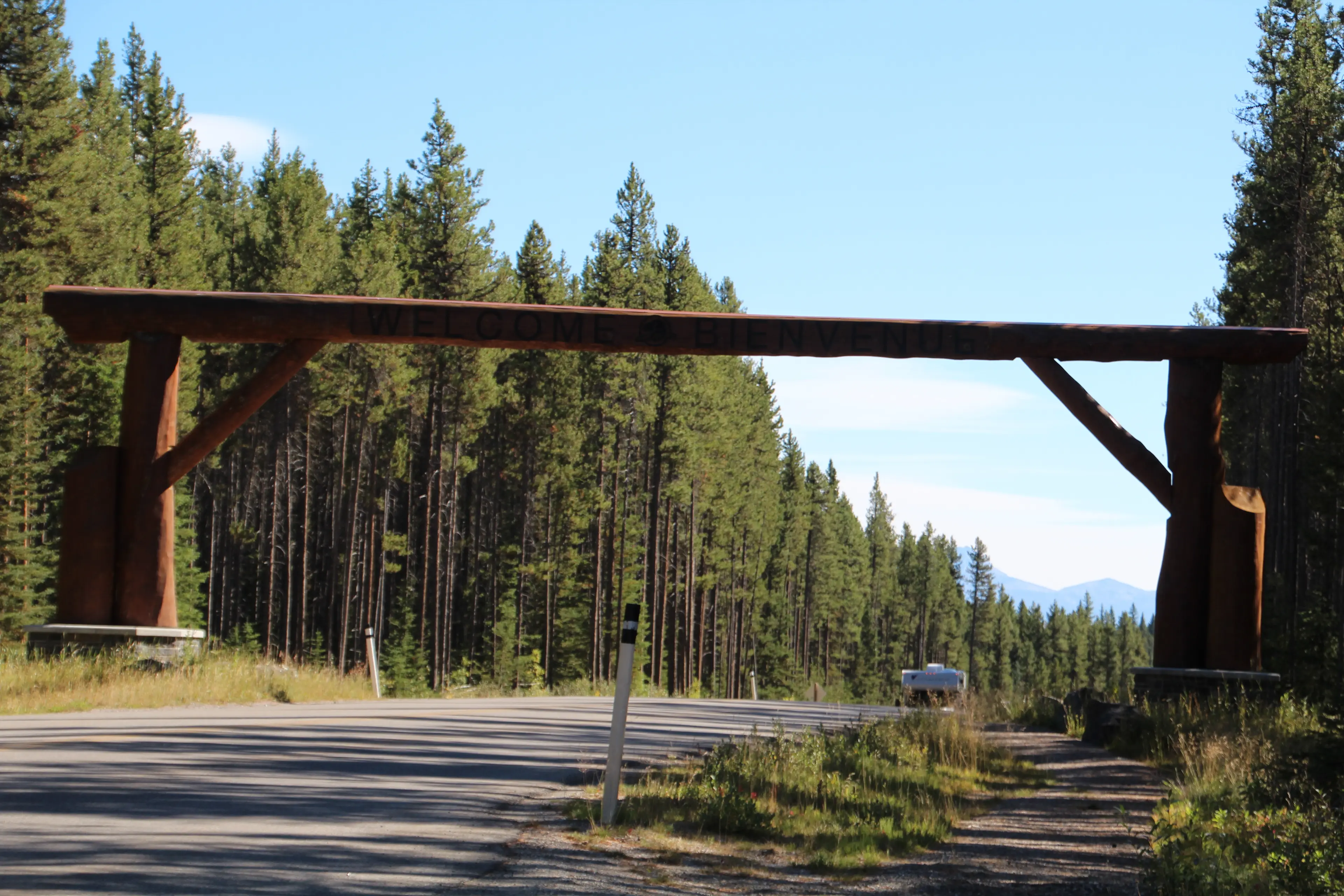
1Bow Valley Parkway
A scenic driving route through Banff National Park, offering wildlife viewing and hiking trails.

2Johnston Canyon
Popular hiking spot with a trail leading to a deep canyon and several waterfalls.
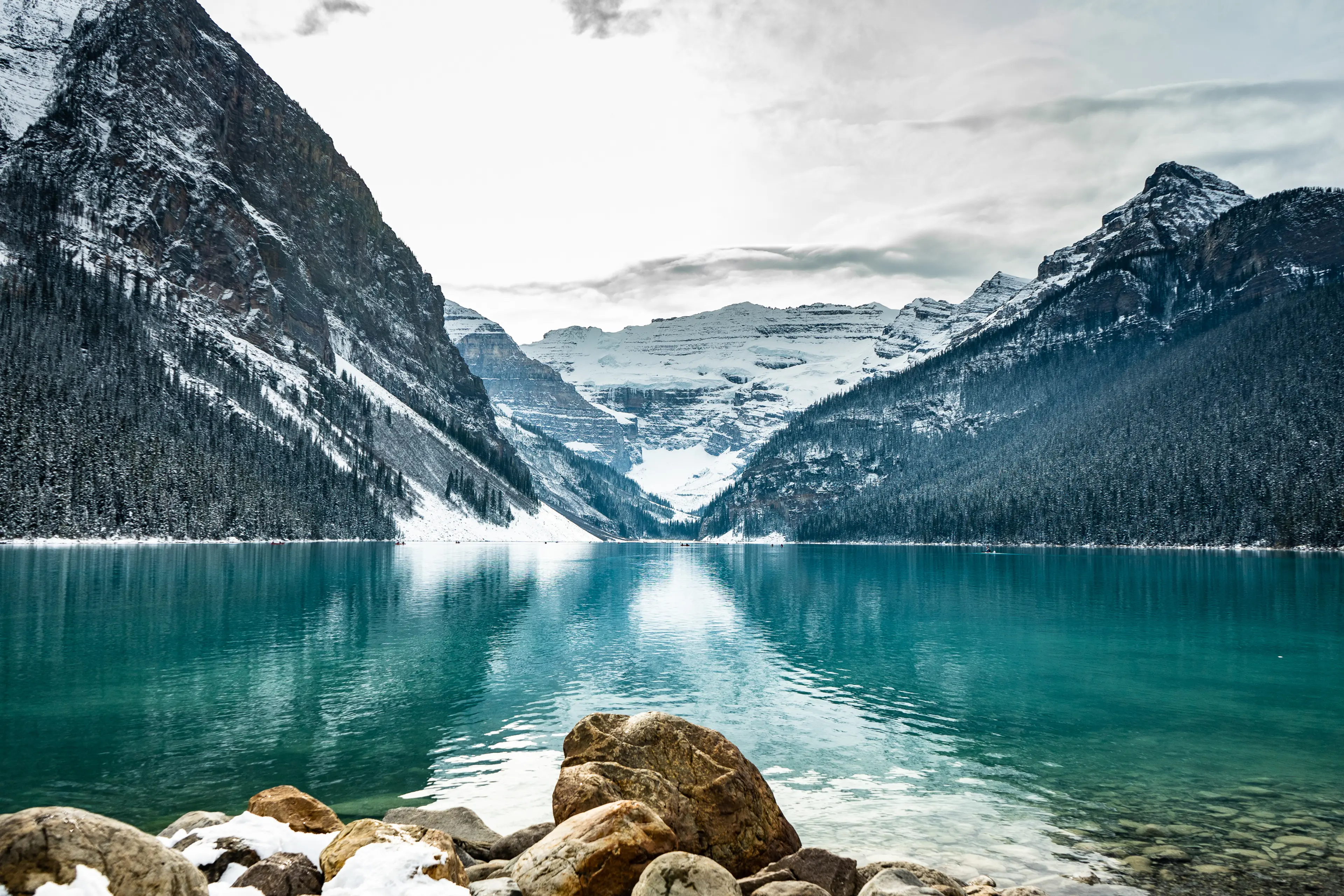
3Lake Louise
A turquoise glacier-fed lake ringed by high peaks and overlooked by a stately chateau.
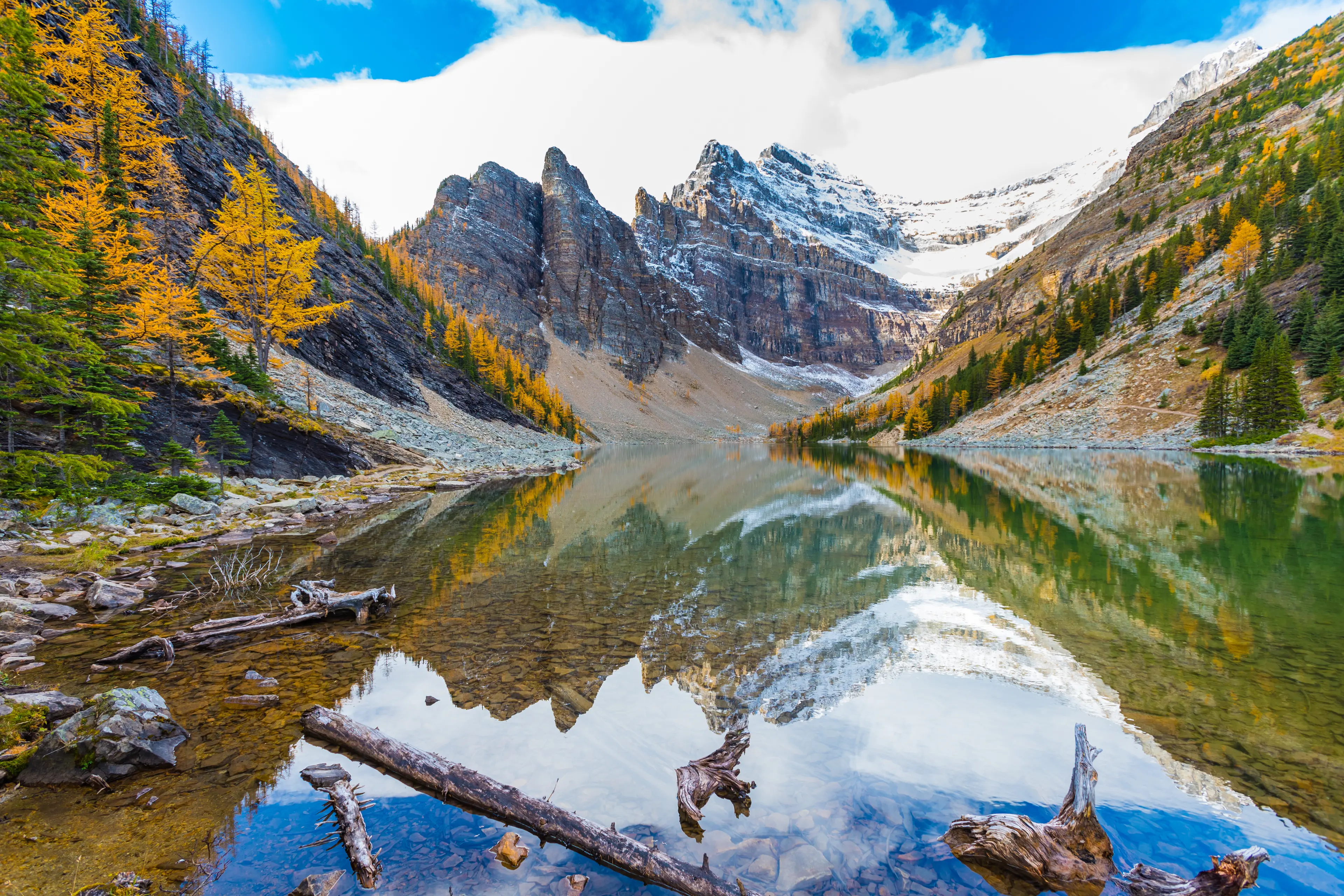
4Lake Agnes Tea House
Located at an elevation of 2,135 meters, the Lake Agnes Tea House is a quaint, rustic tea house that offers visitors a place to rest and enjoy a cup of tea or a light meal after a challenging hike. The tea house overlooks the stunning Lake Agnes and offers breathtaking views of the surrounding mountains.

5Banff Upper Hot Springs
Historic spa offering an outdoor pool with 100% natural mineral water.
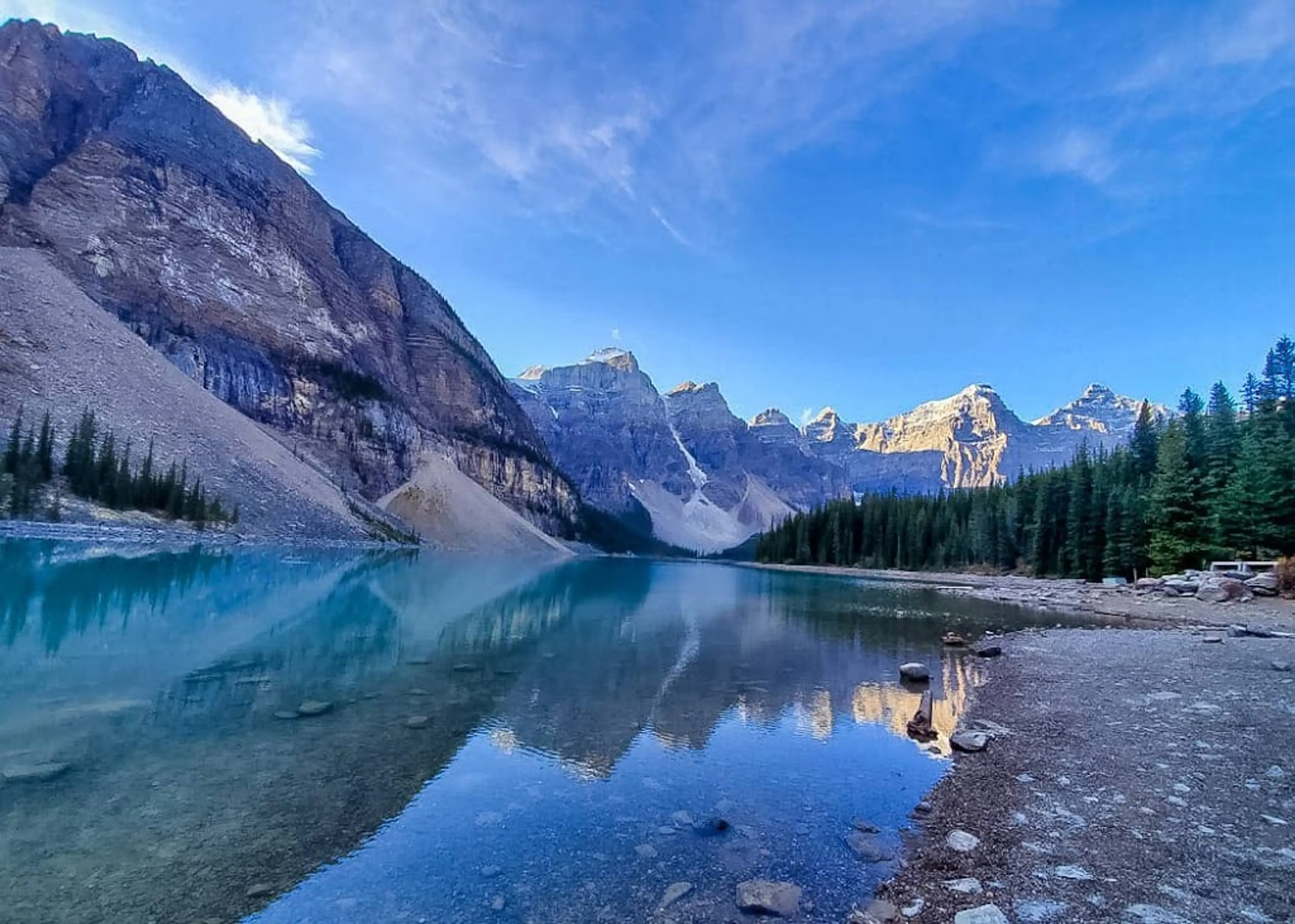
6Moraine Lake
A stunningly beautiful glacier-fed lake located in the Valley of the Ten Peaks. Known for its turquoise blue waters.
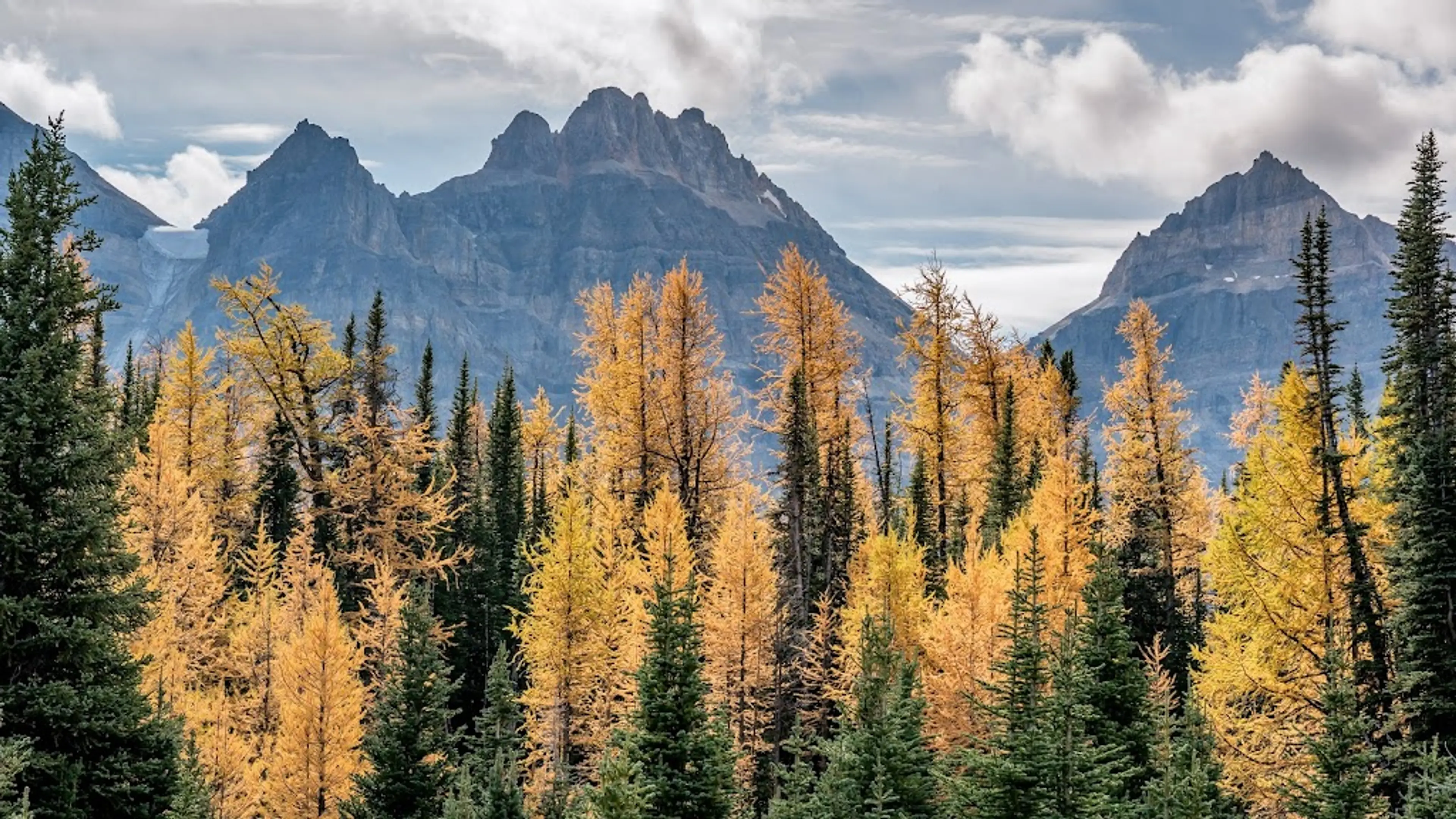
7Larch Valley
Larch Valley is a popular hiking destination in Banff National Park. The trail offers a stunning view of ten peaks and is especially beautiful in the fall when the larch trees turn a brilliant gold. Guided tours are available for those who want to learn more about the area's flora and fauna.
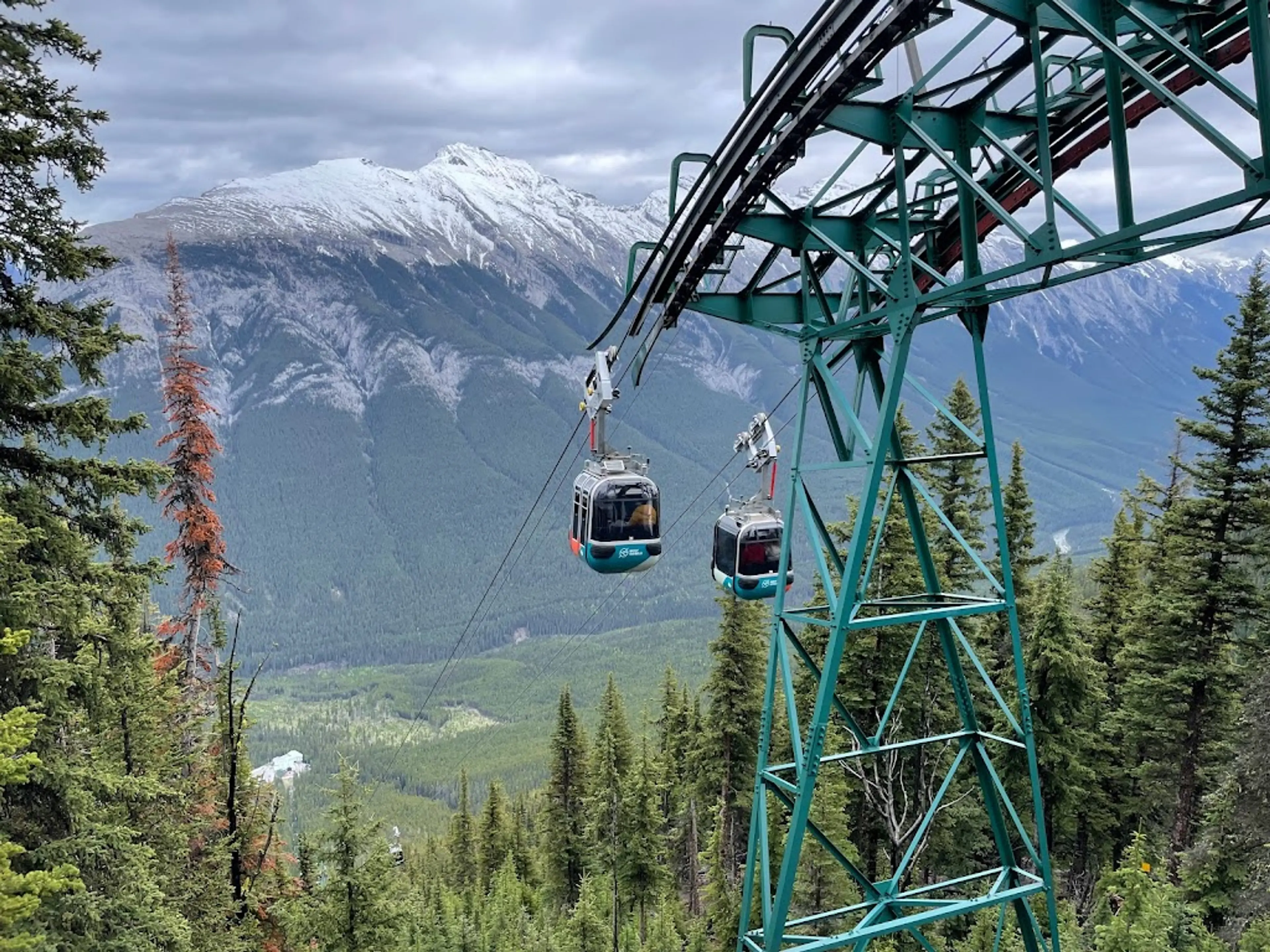
8Banff Gondola
A scenic cableway to viewing decks & hiking trails at the summit of Sulphur Mountain.
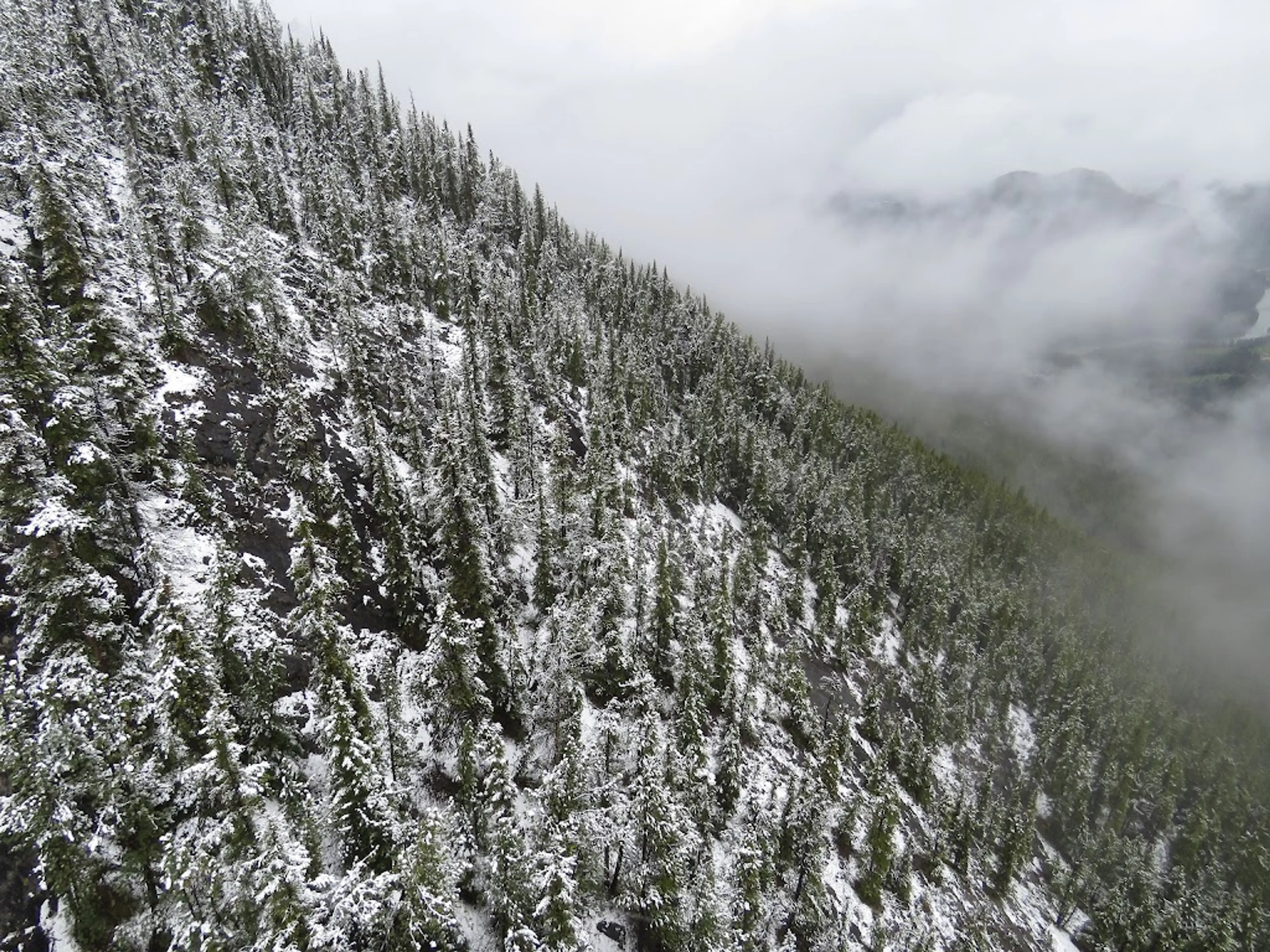
9Sulphur Mountain Trail
The Sulphur Mountain Trail is a challenging hike that rewards visitors with panoramic views of the Canadian Rockies. The trail is steep and strenuous, but there's a gondola that can take visitors to the summit if they prefer. At the top, there's an observation deck and a restaurant.
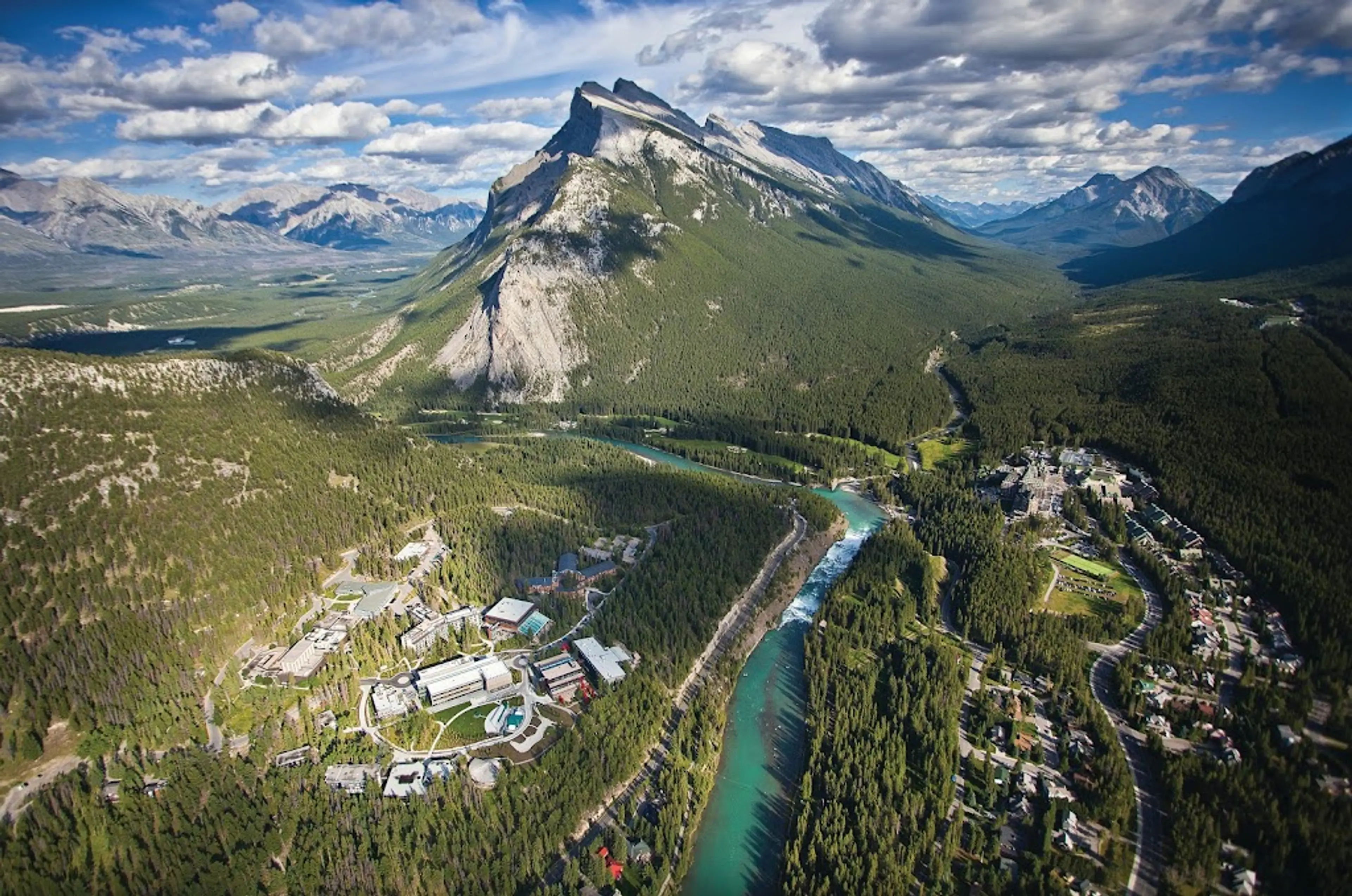
10Banff Centre for Arts and Creativity
A cultural hub for artists, leaders, and researchers focused on inspiring creativity.
Local Food and Drinks (12)
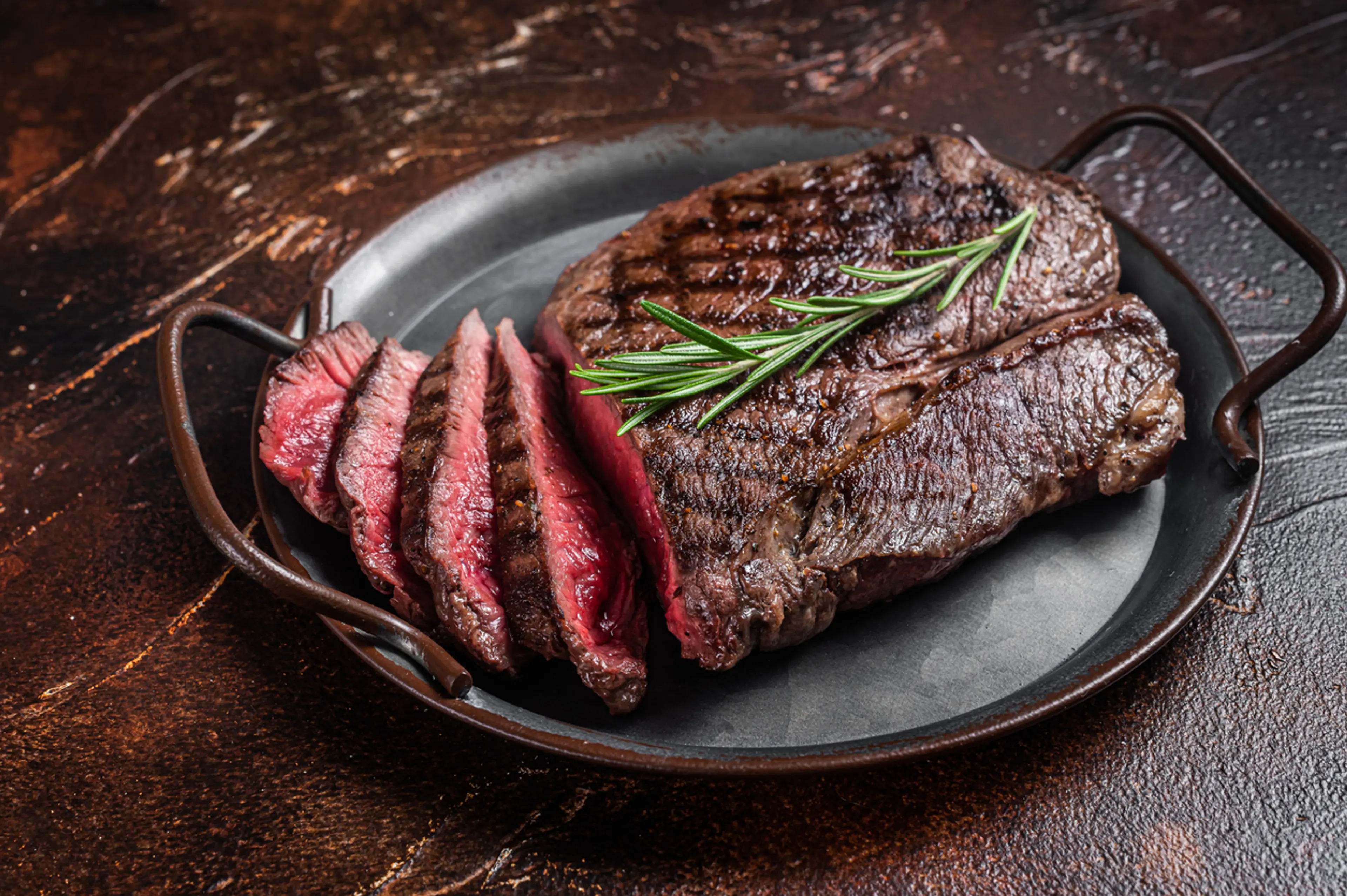
Alberta Beef
Alberta is famous for its high-quality beef. When in Banff, trying a dish made with Alberta beef, whether it's a steak or a burger, is a must.

Bison
Bison is a lean and flavorful meat that is often featured in Banff's local cuisine. It can be prepared in a variety of ways, from bison steaks to bison burgers.
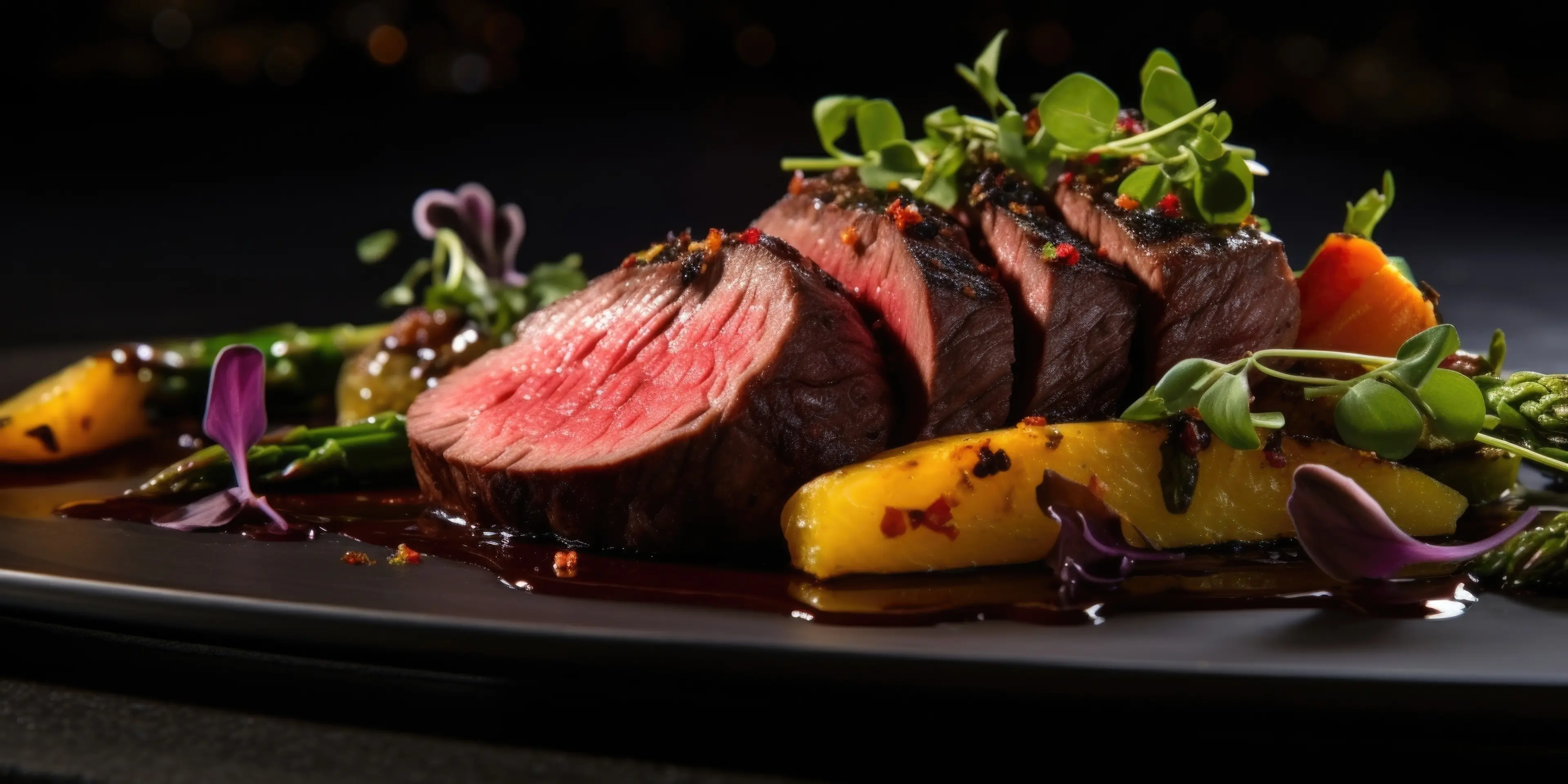
Wild Game
Banff is located in the heart of the Canadian Rockies, where wild game like elk, venison, and duck are commonly found on local menus.
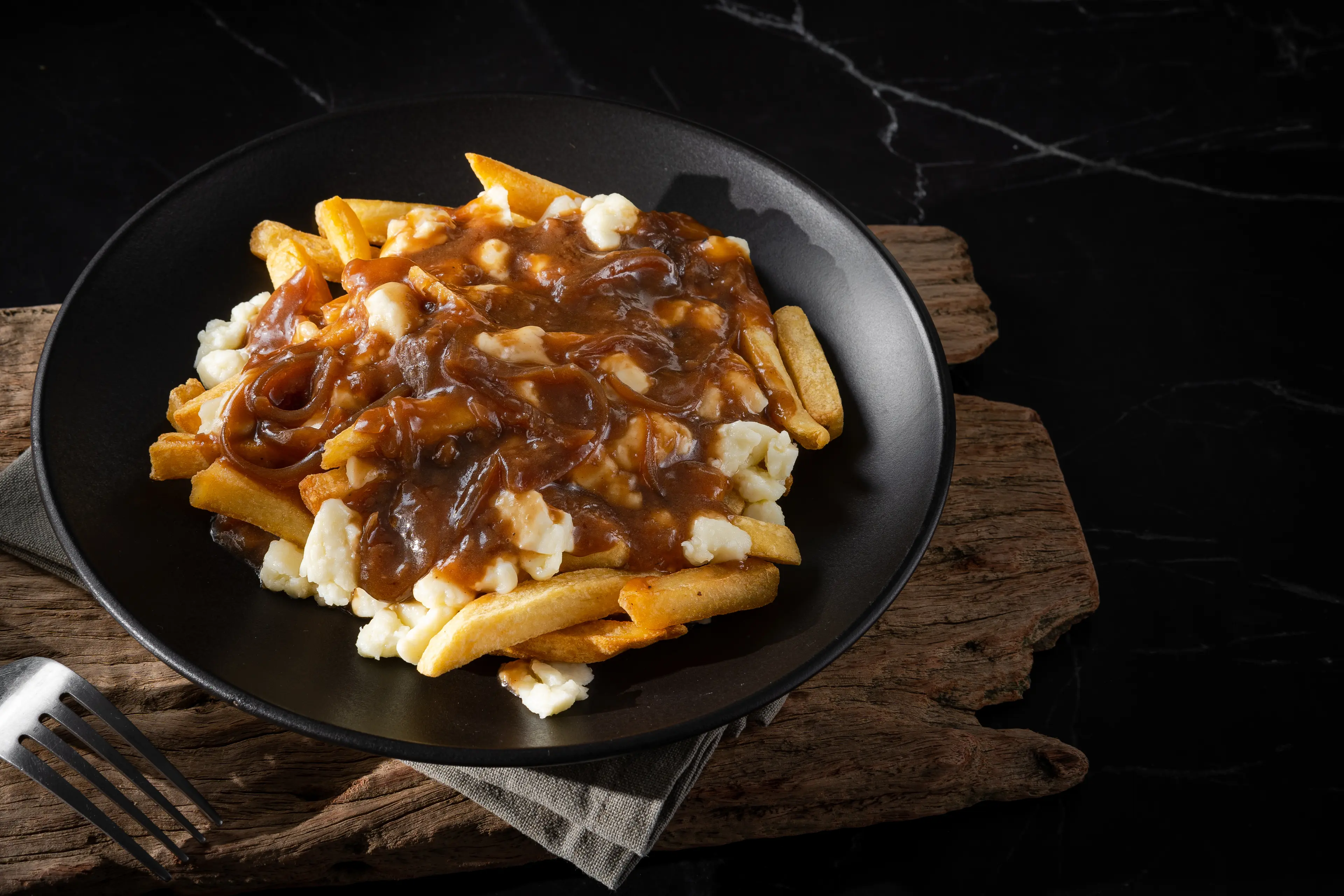
Poutine
Poutine is a classic Canadian dish made with fries, cheese curds, and gravy. It's a hearty and delicious comfort food that is a must-try in Banff.
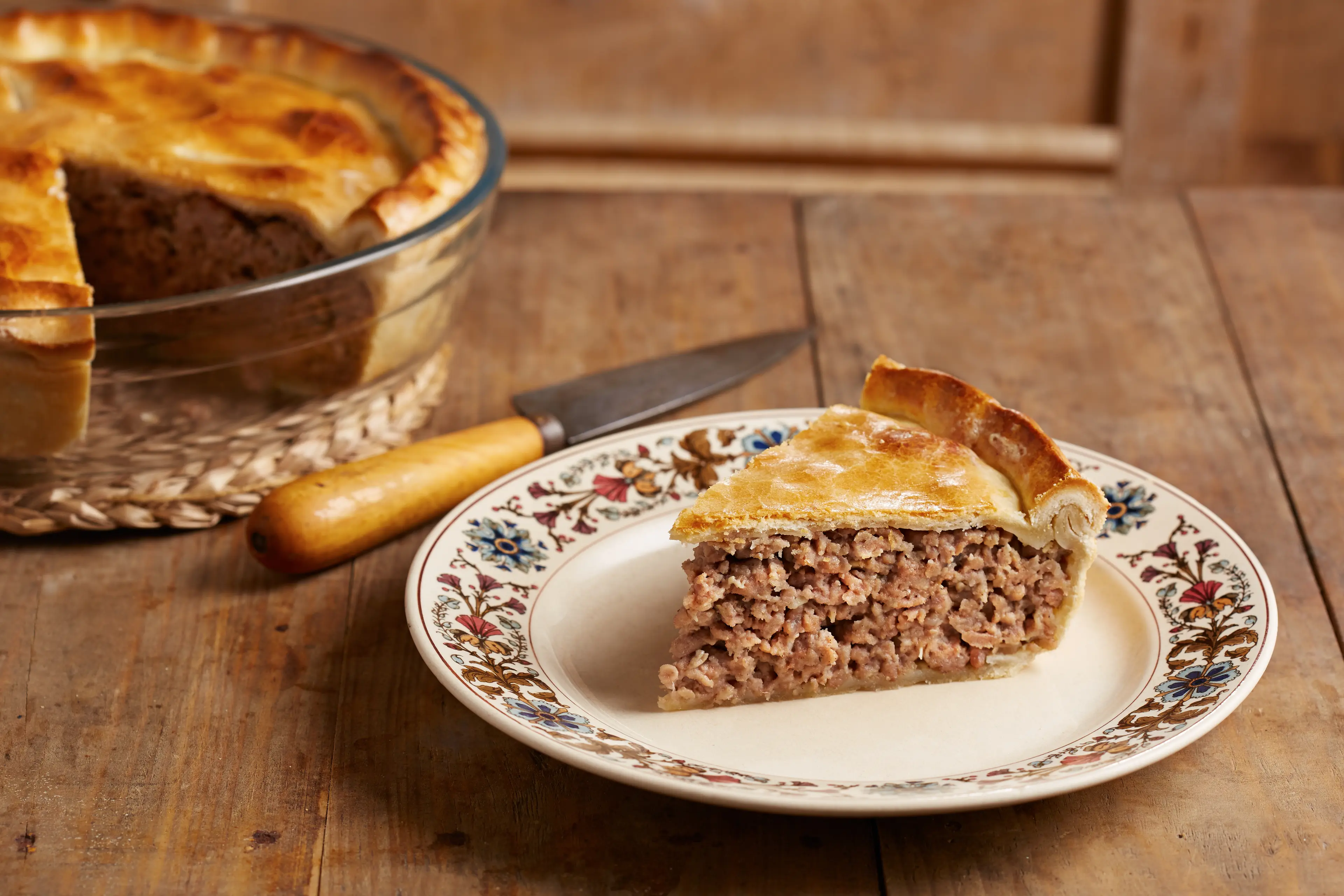
Tourtière
Tourtière is a traditional French-Canadian meat pie that is often served during the holiday season. It's a savory dish that is a favorite among locals.
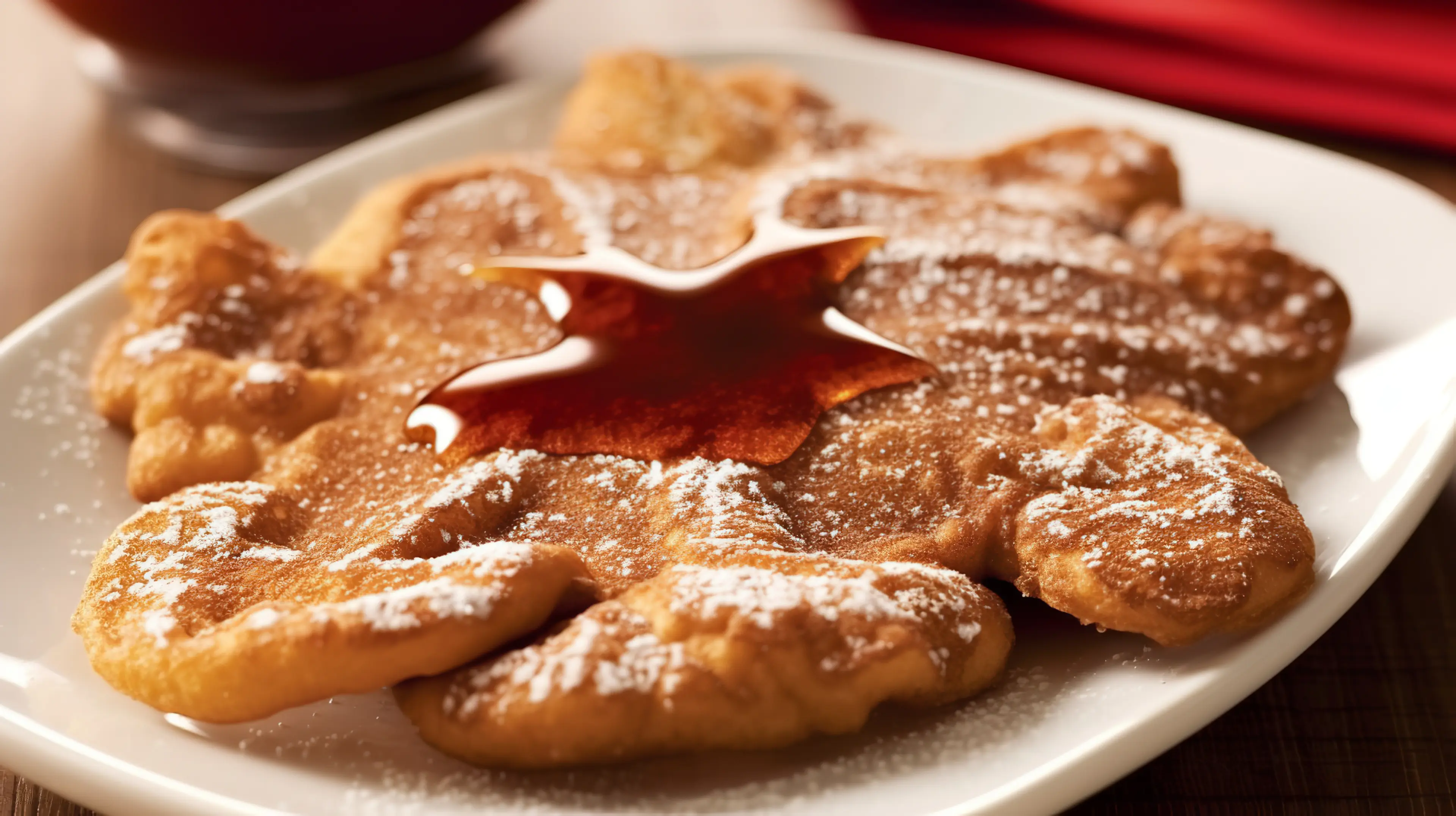
Beavertails
Beavertails are a popular Canadian pastry that are fried and typically topped with sweet toppings like chocolate, cinnamon sugar, or maple syrup.
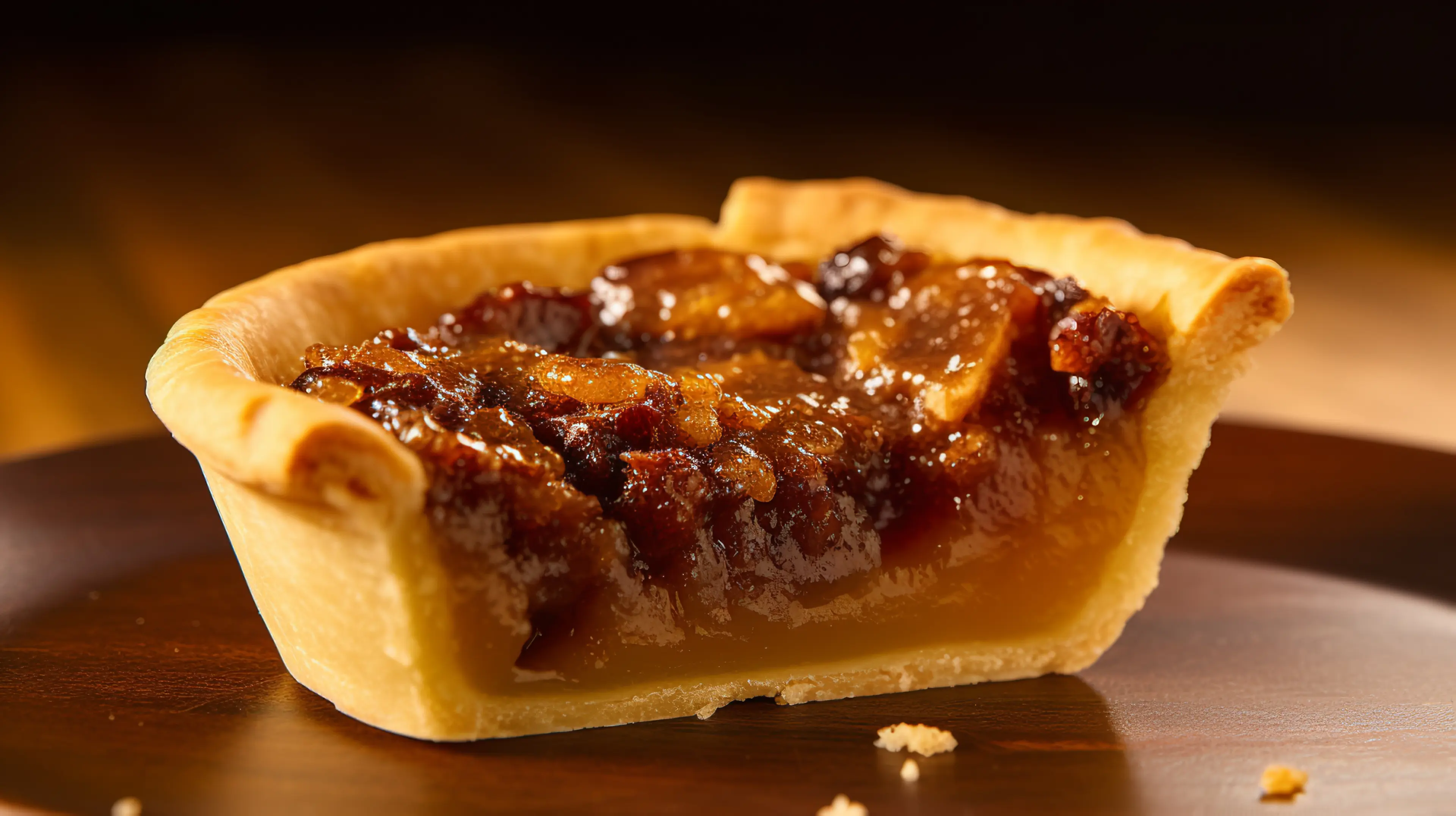
Butter Tarts
Butter tarts are a classic Canadian dessert made with a filling of butter, sugar, and eggs in a pastry shell. They are sweet, rich, and a must-try when in Banff.
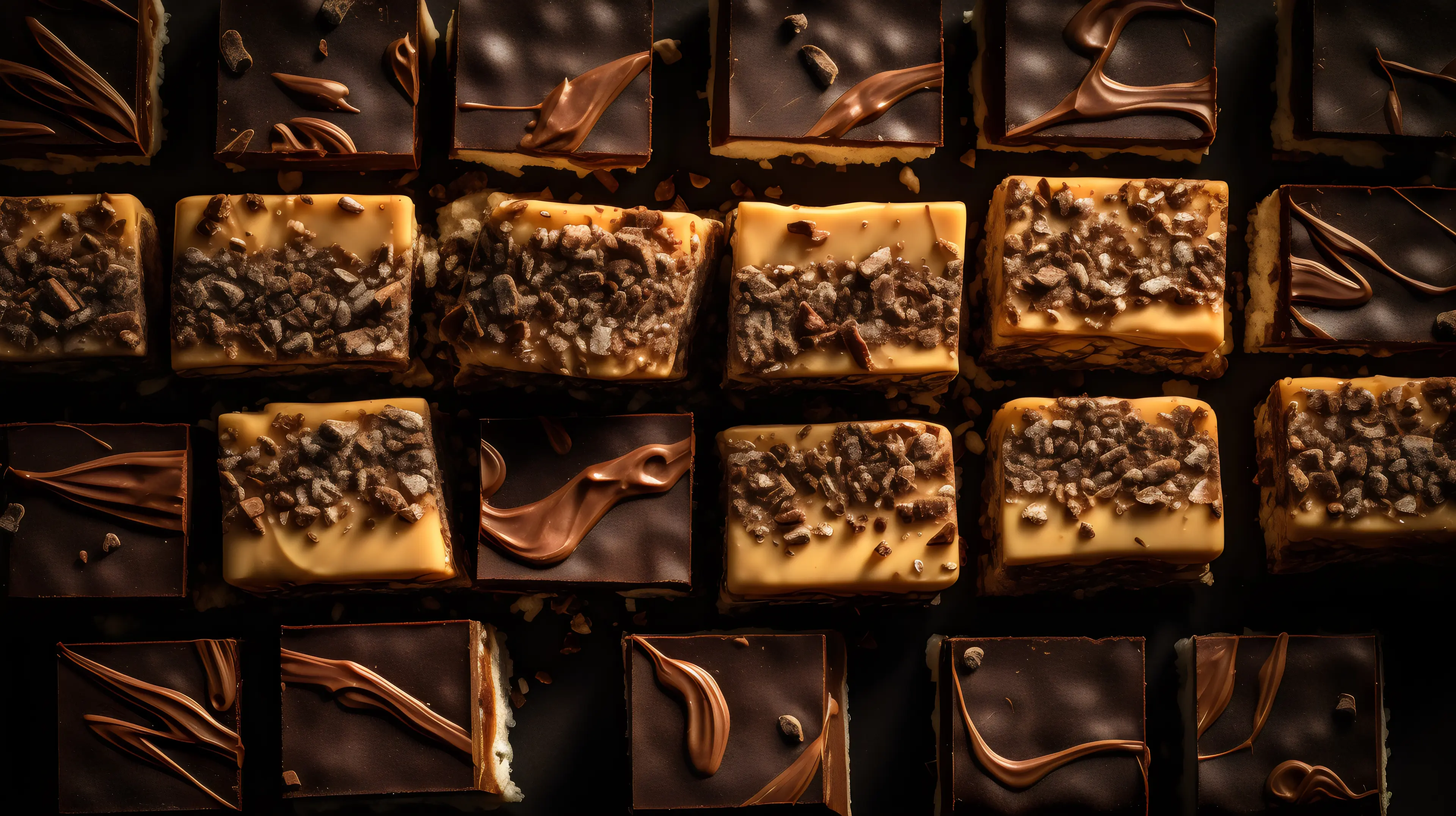
Nanaimo Bars
Nanaimo Bars are a no-bake dessert bar that originated in British Columbia. They consist of a wafer crumb-based layer, topped by a layer of custard flavored butter icing, and covered with melted chocolate.
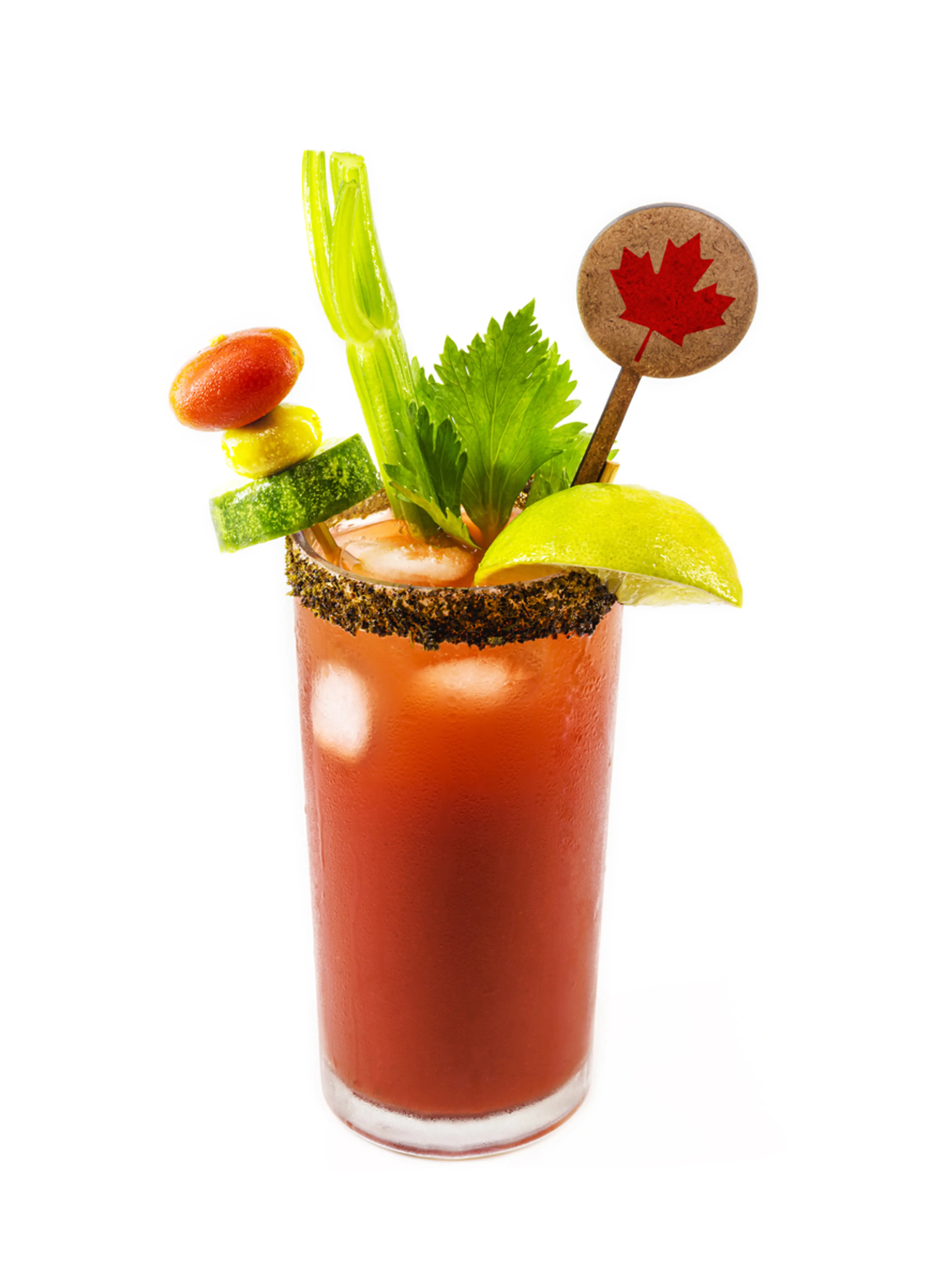
Caesar
The Caesar is a classic Canadian cocktail made with vodka, Clamato juice, hot sauce, and Worcestershire sauce. It's typically garnished with a stalk of celery and lime.
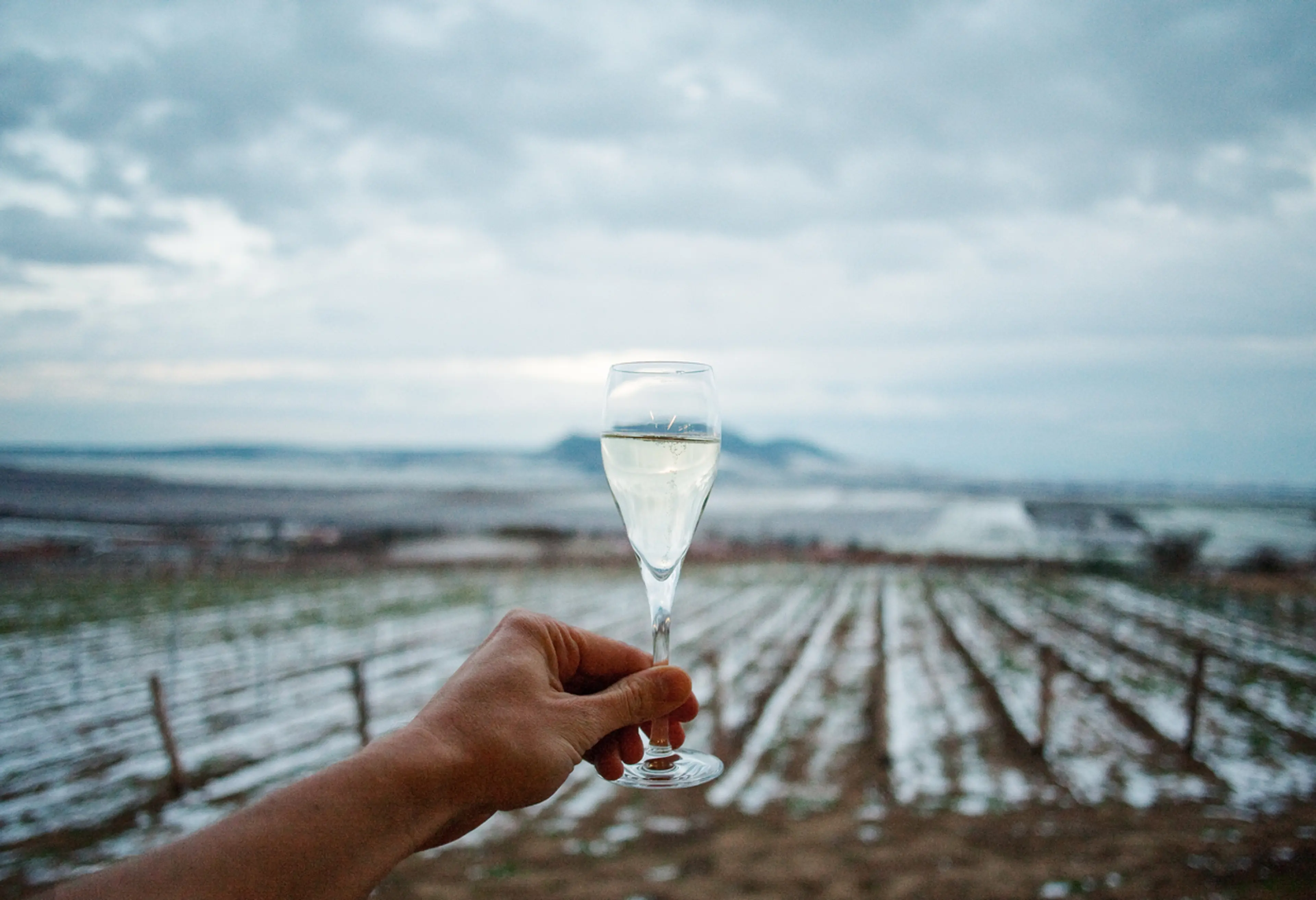
Ice Wine
Ice wine is a type of dessert wine produced from grapes that have been frozen while still on the vine. It's a Canadian specialty and a must-try when in Banff.
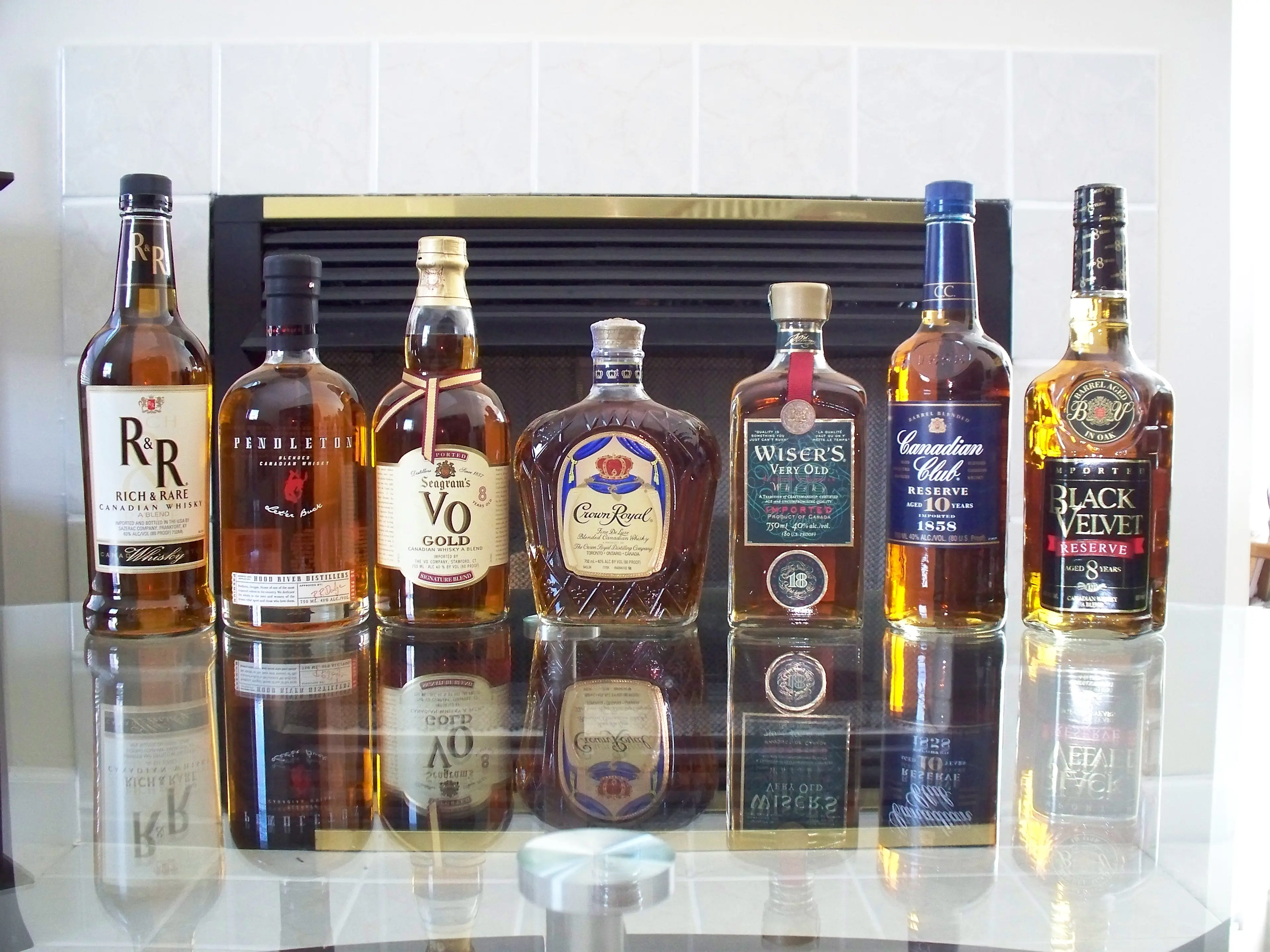
Canadian Whisky
Canadian whisky is a type of whisky produced in Canada. It's often used in cocktails but can also be enjoyed neat or on the rocks.
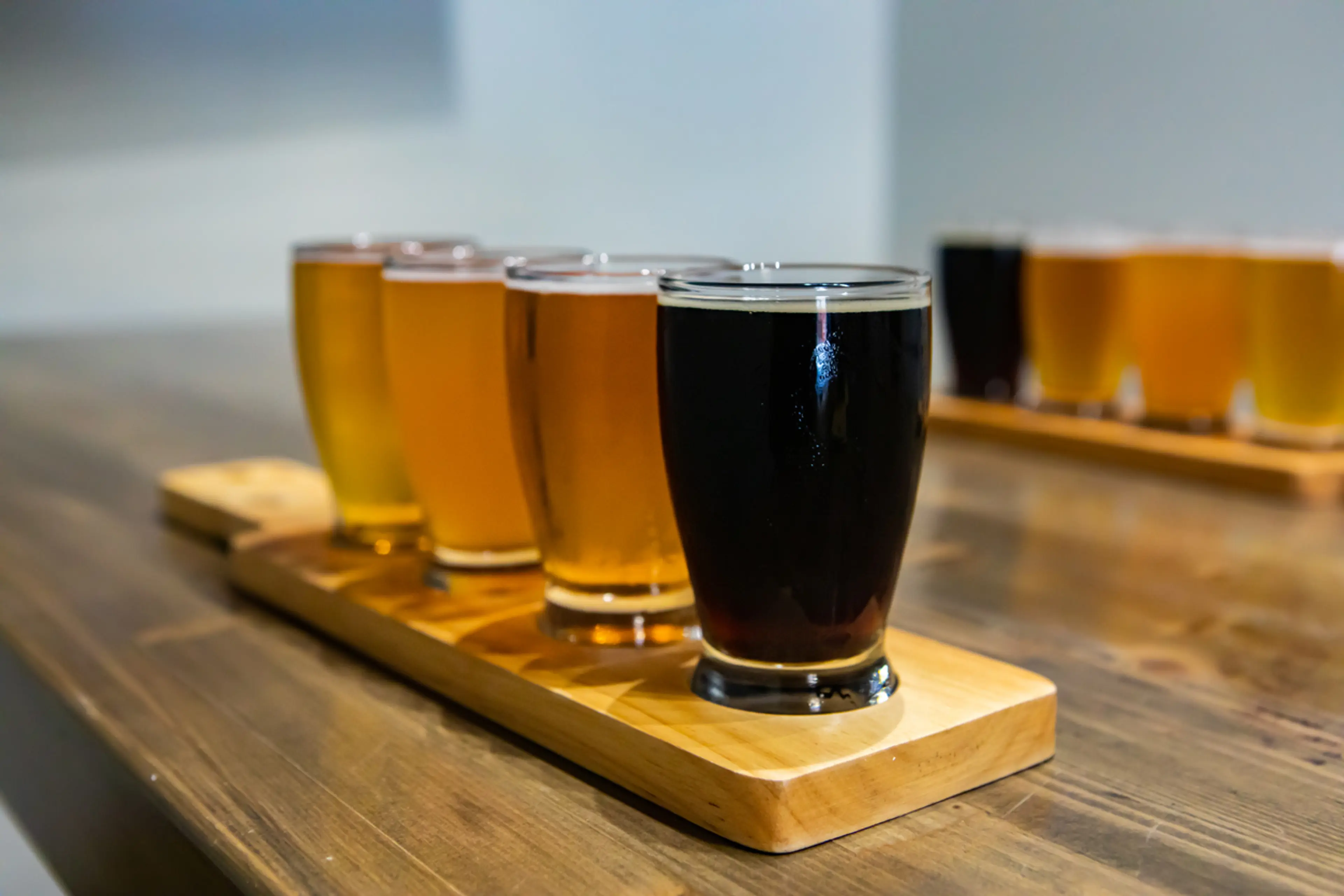
Craft Beer
Banff is home to several local breweries, making craft beer a must-try. The variety of beers available is vast, with something to suit every taste.
Best time to visit
The best time to visit Banff, Alberta is typically from June to August and December to March. The summer months offer warm weather and plenty of daylight for hiking, biking, and sightseeing. The winter months are perfect for those who enjoy winter sports like skiing and snowboarding, as Banff is home to some of the world's premier ski resorts. However, it's worth noting that these periods are also the busiest. If you prefer a quieter visit, consider coming in the shoulder seasons of April to June or September to November. These months offer milder weather and fewer crowds.
How to get around
Car Rental
Renting a car is a popular option for getting around Banff. There are several car rental companies available at the Calgary International Airport, as well as in downtown Banff. This gives you the freedom to explore at your own pace.
Public Transit
Banff's public transit system, Roam, offers routes that cover the town and surrounding areas. It's a convenient and eco-friendly way to get around.
Taxi
There are several taxi companies operating in Banff. They offer a quick and convenient way to get around town, especially during the colder months.
Ridesharing
Ridesharing services like Uber and Lyft are available in Banff. This can be a convenient option, especially if you're traveling in a group or have a lot of luggage.
Bicycle
Banff is a bike-friendly town with numerous bike rental shops and dedicated bike paths. It's a great way to explore the town and enjoy the beautiful scenery.
Shuttle Services
Several companies offer shuttle services from Calgary International Airport to Banff. Some hotels also provide their own shuttle services.
Walk
Banff is a compact town, making it easy to get around on foot. Many of the main attractions, restaurants, and shops are within walking distance.
Ski Shuttles
During the winter months, ski shuttles operate between Banff and the surrounding ski resorts. This is a convenient option if you're planning on hitting the slopes.
Canoe or Kayak
For a unique mode of transport, consider renting a canoe or kayak. The Bow River is a beautiful way to explore Banff and its surrounding areas.
Important information
Currency$ CAD
Time zoneUTC -7, -6, -5, -4, -3 going from West to East
Driving sideRight
Emergency phone911
Drinking waterYes
Power sockets
Voltage120 V
Things to know about Banff, Alberta as a first time visitor
1
Banff is located in the province of Alberta, in the heart of the Canadian Rockies.
2
The town of Banff is part of Banff National Park, Canada's oldest national park established in 1885.
3
Banff is a year-round destination, with activities and attractions available in both summer and winter.
4
The currency used in Banff is the Canadian Dollar (CAD). Credit cards are widely accepted, but it's a good idea to have some cash on hand.
5
Banff is located at a high altitude. The town itself is at 1,383 meters (4,537 feet) above sea level. This can cause altitude sickness in some people, so it's important to stay hydrated and take it easy for the first few days.
6
The weather in Banff can be unpredictable. It's a good idea to pack layers and be prepared for all types of weather, regardless of the season.
7
In the summer (June to August), temperatures can range from 50°F to 80°F (10°C to 27°C). In the winter (December to February), temperatures can drop as low as -22°F (-30°C).
8
Banff is in the Mountain Time Zone and observes Daylight Saving Time from the second Sunday in March to the first Sunday in November.
9
Banff is a small town and is very walkable. However, there is also a public transit system (Roam Transit) that can take you to popular spots in and around the town.
10
If you're planning to visit other parts of Banff National Park, you'll need to purchase a park pass. This can be done online or at the park entrance.
11
Wildlife encounters are common in Banff. It's important to keep a safe distance from all wildlife and never feed or approach them.
12
There are plenty of dining options in Banff, ranging from fast food to fine dining. Many restaurants offer dishes featuring local ingredients like Alberta beef and wild game.
13
Banff is a bilingual town, with services available in both English and French.
14
Tipping is customary in Banff. A tip of 15-20% is standard for restaurants, taxis, and other service providers.
15
Banff has a variety of accommodation options, from luxury hotels to budget-friendly hostels and campgrounds.
16
Banff is a popular destination and can get crowded, especially during the peak summer and winter seasons. It's a good idea to book accommodations and activities in advance.
17
There are several grocery stores in Banff where you can stock up on food and other essentials.
18
Banff has a vibrant nightlife, with numerous bars, pubs, and clubs. The legal drinking age in Alberta is 18.
19
Banff has a number of festivals and events throughout the year, including the Banff Mountain Film and Book Festival in the fall and the Ice Magic Festival in the winter.
20
Banff is about a 1.5-hour drive from Calgary, the nearest major city and airport.
Packing List
Clothing
Thermal underwear
Warm socks
Waterproof boots
Insulated pants
Long-sleeve shirts
Sweaters
Insulated jacket
Gloves
Beanie
Scarf
Swimsuit (for hot springs)
Pajamas
Underwear
Casual outfit for dining out
Toiletries
Toothbrush and toothpaste
Shampoo and conditioner
Body wash
Deodorant
Razor and shaving cream
Lip balm
Sunscreen
Hand sanitizer
Prescription medications
First aid kit
Tissues
Travel documents and essentials
Passport/ID
Flight tickets
Hotel booking confirmation
Travel insurance documents
Credit/debit cards
Cash (Canadian dollars)
Driver's license (if planning to rent a car)
Electronics and gadgets
Smartphone
Charger for smartphone
Power bank
Camera
Memory cards for camera
Headphones
Travel adapter (if coming from a country with different plug type)
Miscellaneous items
Snacks
Water bottle
Books or e-reader for the flight
Travel pillow and blanket
Sunglasses
Maps and guidebooks
Backpack for day trips
Binoculars for wildlife viewing
Weather Conditions
Banff, Alberta, is a stunning destination that offers a variety of weather conditions throughout the year. Here are some weather-related tips to keep in mind when planning your visit. Winter (December to February) in Banff is cold and snowy, with temperatures often dropping below freezing. Average highs are around 23°F (-5°C), and lows can reach -8°F (-22°C). If you're planning a winter visit, pack warm clothing, including thermal layers, a heavy coat, gloves, and a hat. This is also a great time for winter sports like skiing and snowboarding. Spring (March to May) sees a gradual warming, with temperatures ranging from 28°F (-2°C) to 59°F (15°C). Snow can still be present, especially in higher elevations, so it's wise to pack layers and waterproof shoes. Summer (June to August) is the warmest season, with temperatures ranging from 46°F (8°C) to 72°F (22°C). However, it can still get chilly in the evenings, so don't forget a light jacket. This is a great time for hiking, biking, and wildlife viewing, but remember to stay hydrated and wear sunscreen. Fall (September to November) brings cooler temperatures, ranging from 28°F (-2°C) to 59°F (15°C). The weather can be unpredictable, so pack layers. This is a fantastic time to see the fall foliage. Remember, Banff's weather can change quickly, especially in the mountains, so always check the forecast before heading out for the day. Also, the UV index can be high due to the altitude, so always wear sunscreen, even in winter. Enjoy your visit to beautiful Banff!
| Month | Hi / Lo (°C) | Weather Overview |
|---|---|---|
January | -3° / -15° | January is the coldest month in Banff, with heavy snowfall making it a great time for winter sports. |
February | -1° / -14° | February is still quite cold, but with slightly less snowfall, making it ideal for outdoor activities like skiing and snowboarding. |
March | 3° / -9° | March sees a slight increase in temperature, but still expect snowfall, making it a good time for winter activities. |
April | 9° / -3° | April experiences a significant increase in temperature, with the snow starting to melt, making it a good time for hiking and wildlife viewing. |
May | 14° / 0° | May is the start of the warmer months, with temperatures allowing for comfortable outdoor activities like hiking and canoeing. |
June | 19° / 3° | June is a pleasant month with long daylight hours, perfect for outdoor exploration and camping. |
July | 22° / 5° | July is the warmest month in Banff, with clear skies and warm temperatures, making it ideal for hiking, biking, and canoeing. |
August | 21° / 4° | August is slightly cooler than July, but still warm enough for outdoor activities and wildlife viewing. |
September | 16° / 0° | September marks the start of fall, with cooler temperatures and changing foliage, making it a beautiful time for sightseeing. |
October | 9° / -3° | October sees a drop in temperature, with the first snowfall usually occurring towards the end of the month. |
November | 2° / -8° | November is a cold month with regular snowfall, marking the start of the winter season. |
December | -3° / -13° | December is a very cold month with heavy snowfall, making it a great time for winter sports like skiing and snowboarding. |
Did you know?
Places near by Banff, Alberta
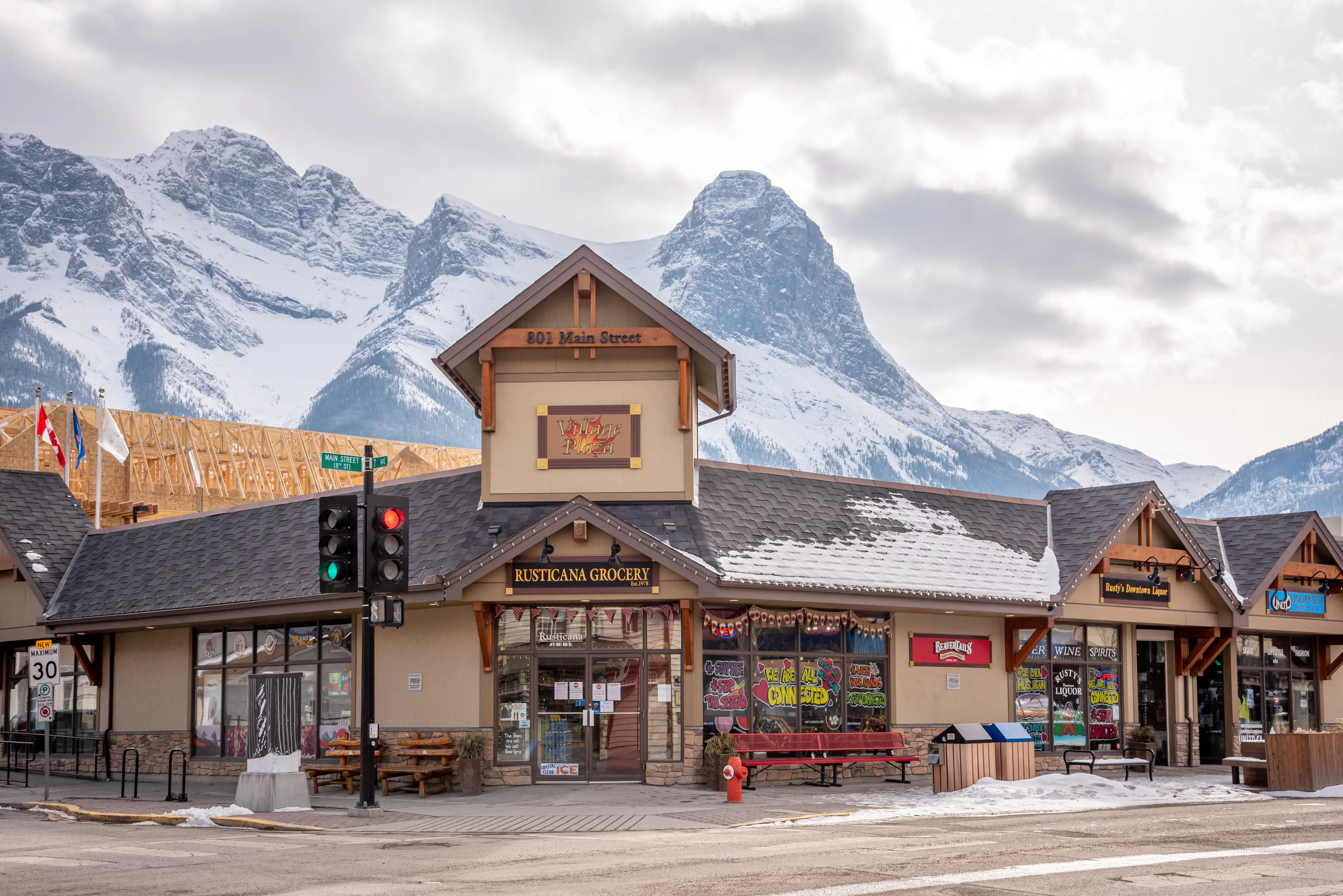
Canmore
A town known for its outdoor activities, including hiking, skiing, and mountain biking.
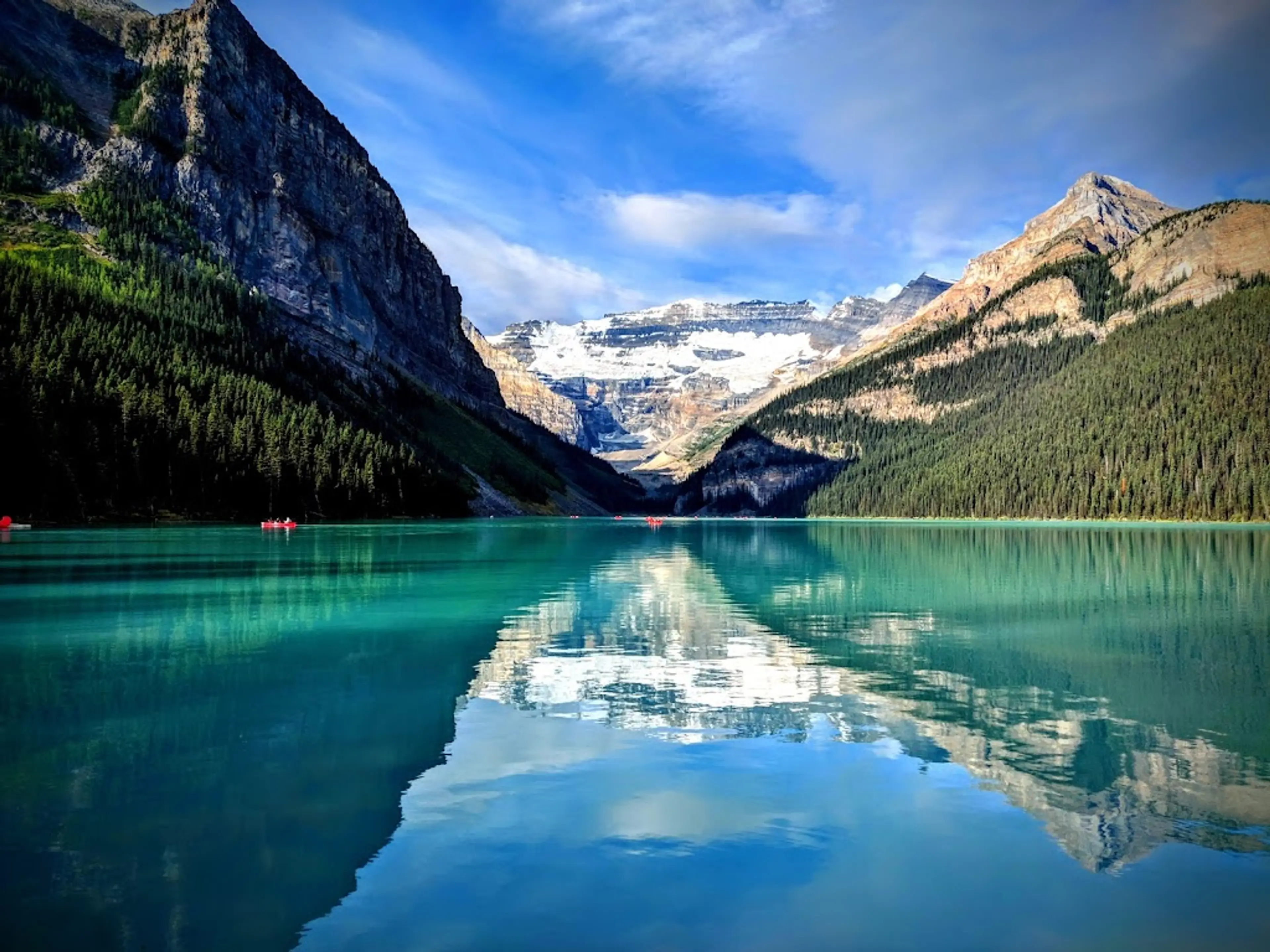
Lake Louise
Famous for its turquoise, glacier-fed lake ringed by high peaks and overlooked by a stately chateau.
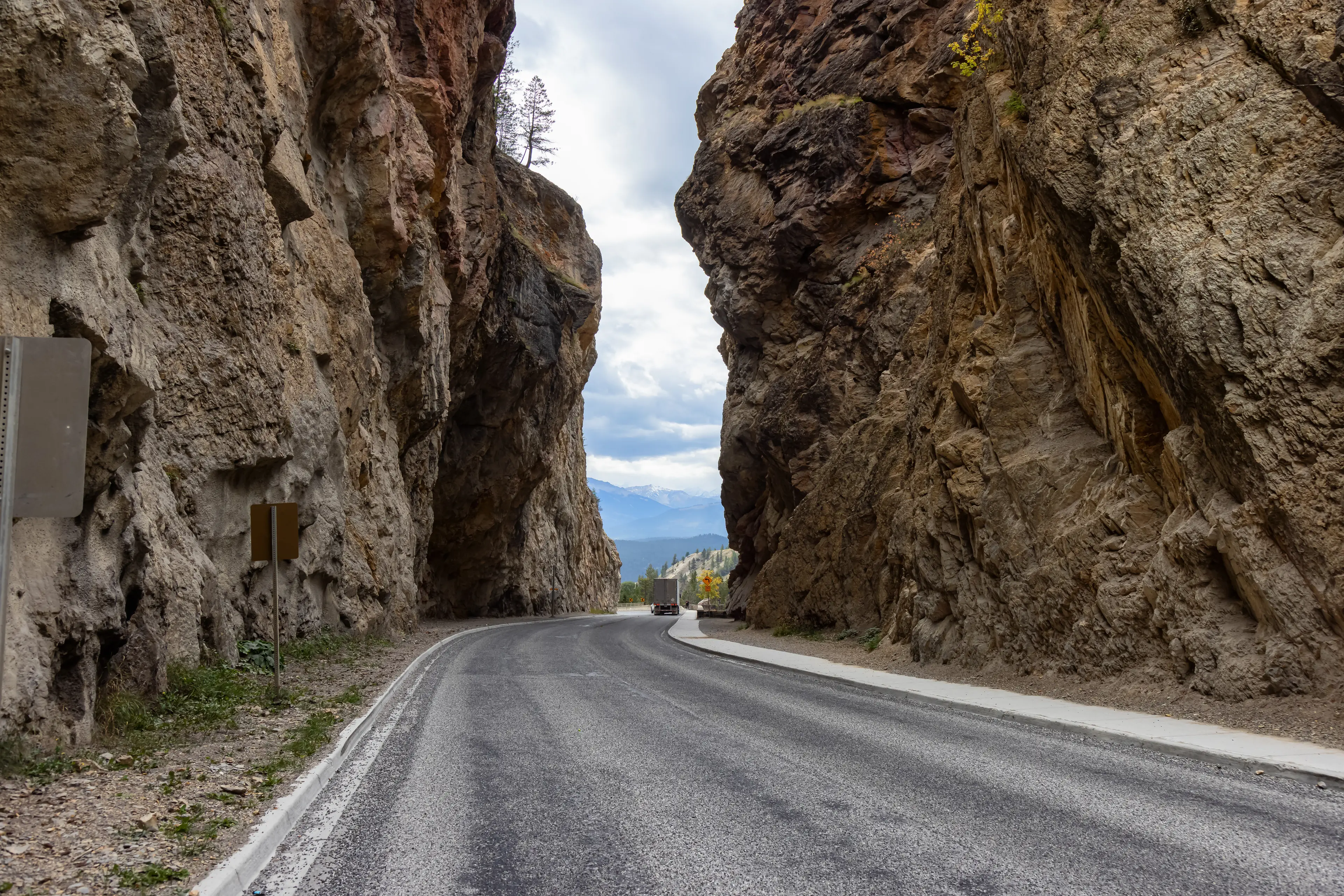
Kootenay National Park
A national park known for its diverse range of landscapes, from glaciers to grasslands.
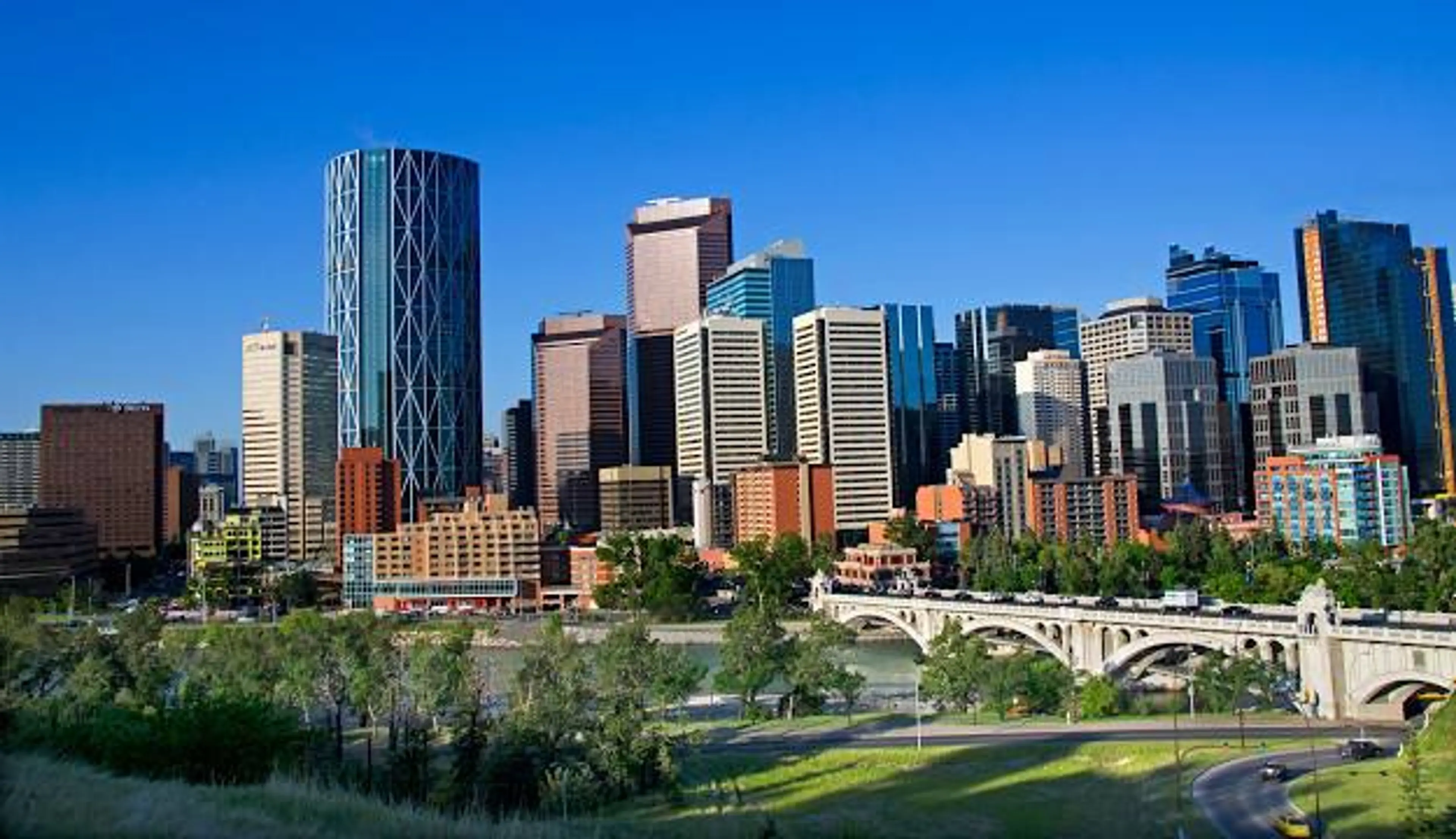
Calgary
A cosmopolitan Alberta city with numerous skyscrapers, owes its rapid growth to its status as the centre of Canada’s oil industry.

Yoho National Park
Known for waterfalls including towering Takakkaw Falls and Wapta Falls, plus the Burgess Shale fossil site.
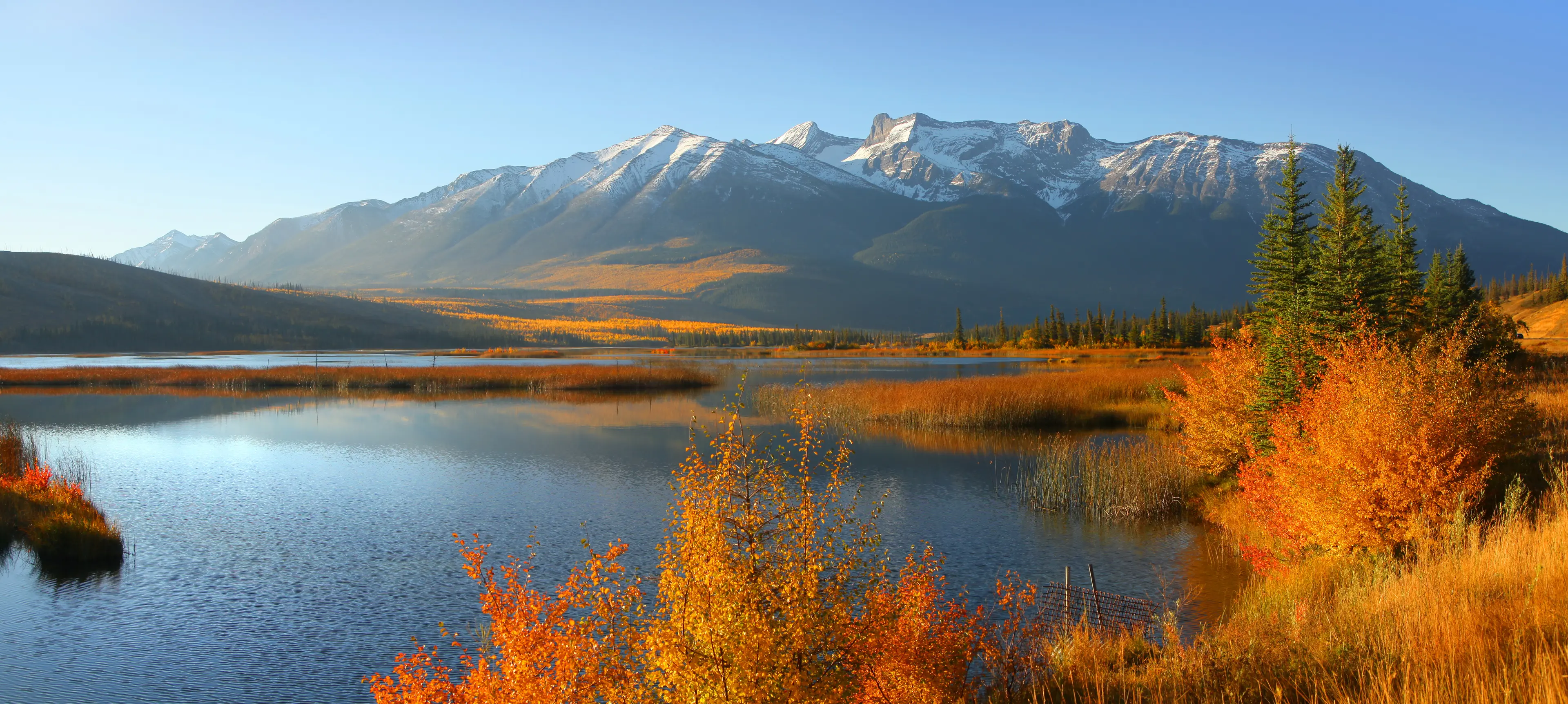
Jasper National Park
The largest national park in the Canadian Rockies, known for its vast wilderness, majestic peaks, abundant wildlife, and natural beauty.
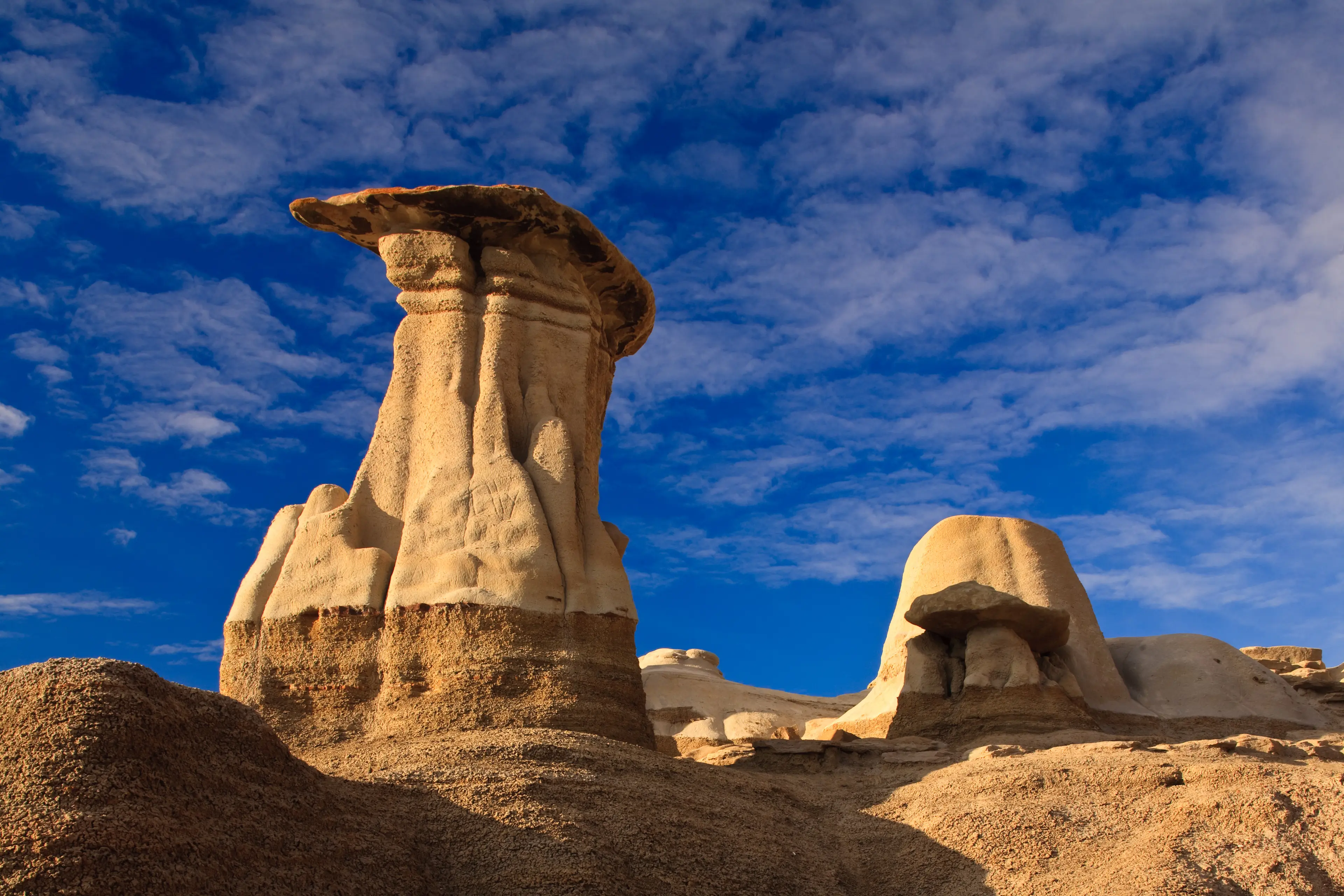
Drumheller
Known for its unique badlands topography and rich fossil beds.
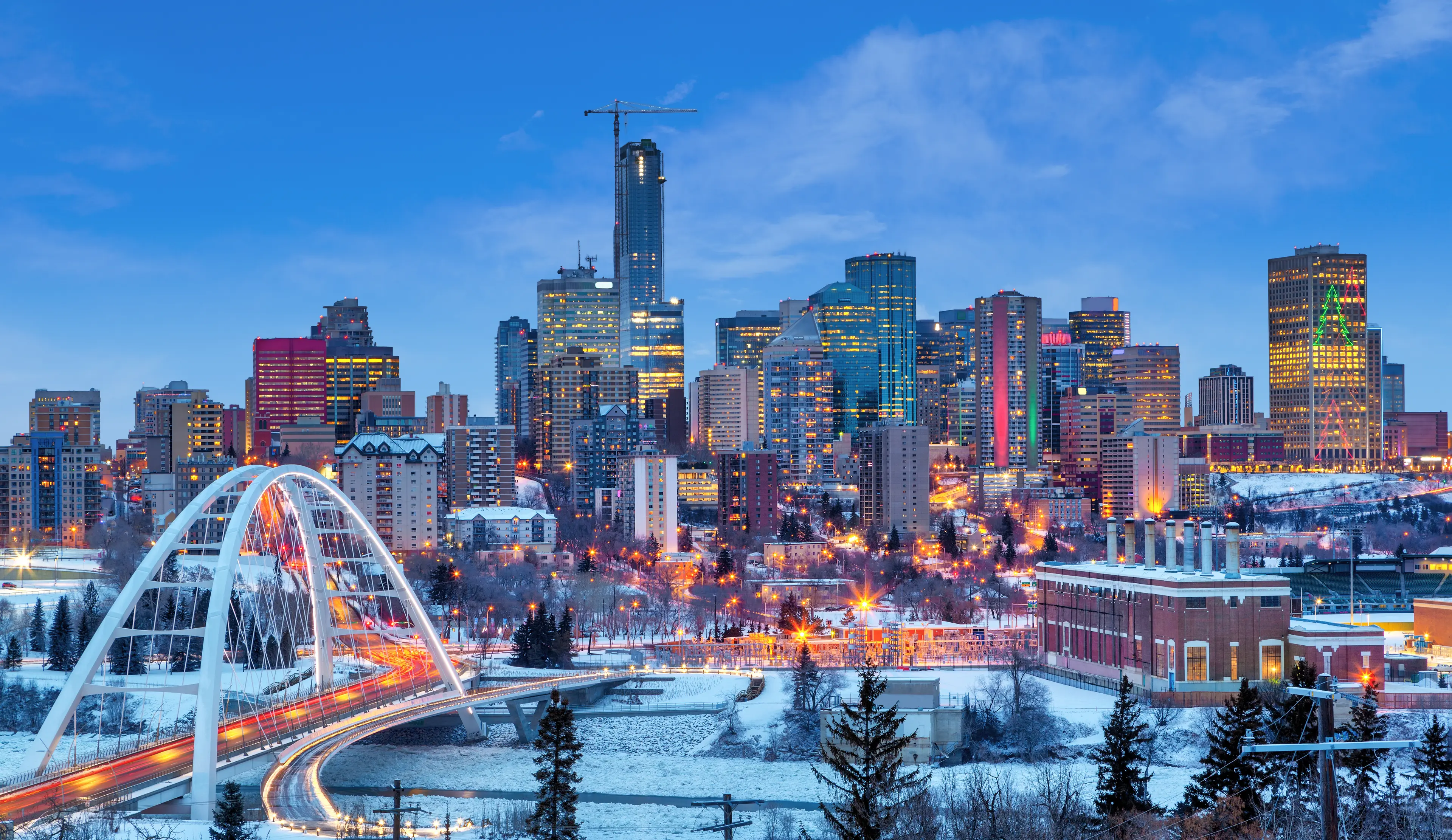
Edmonton
The capital city of Alberta, known for its vibrant arts scene and the largest shopping mall in North America, West Edmonton Mall.
